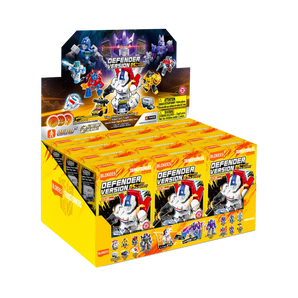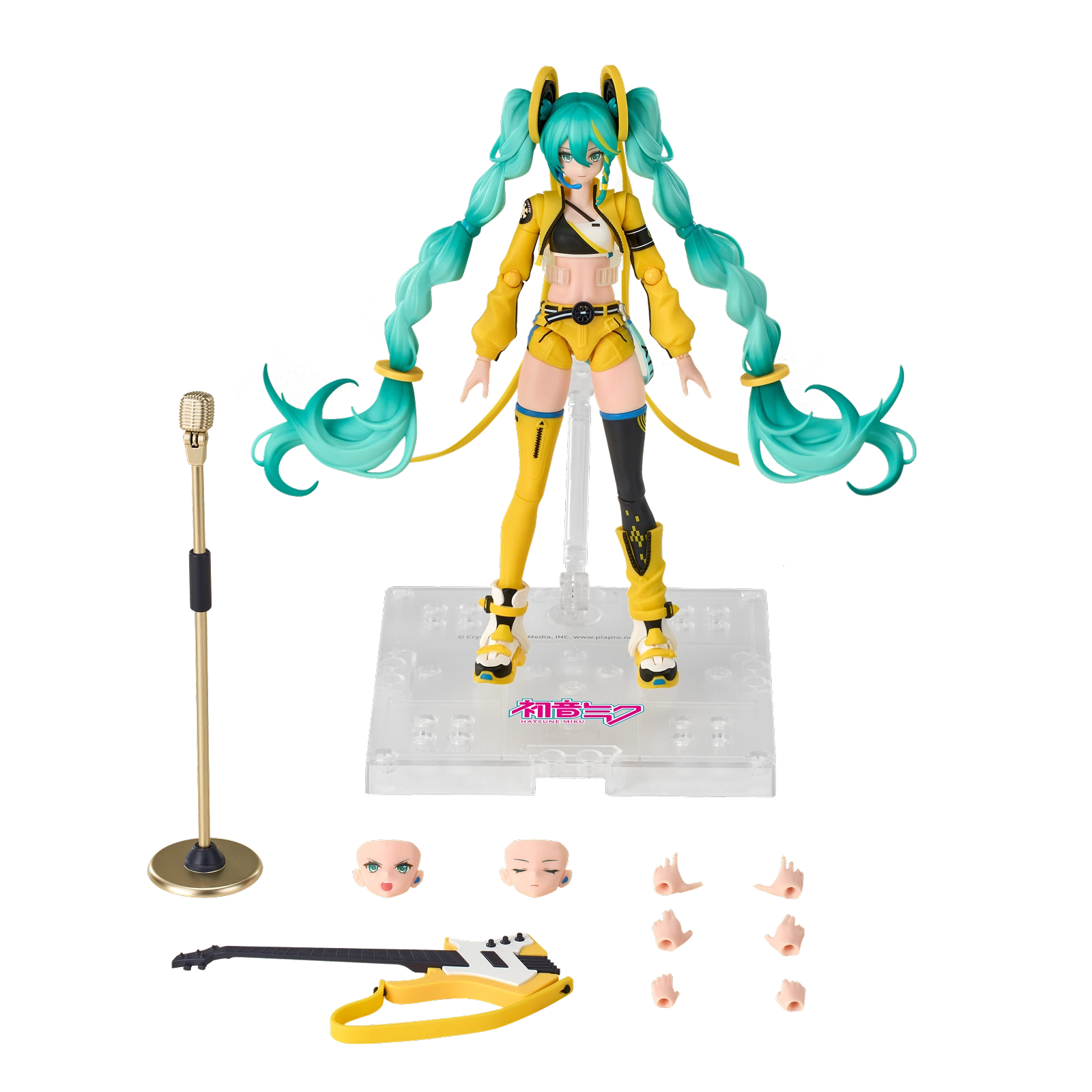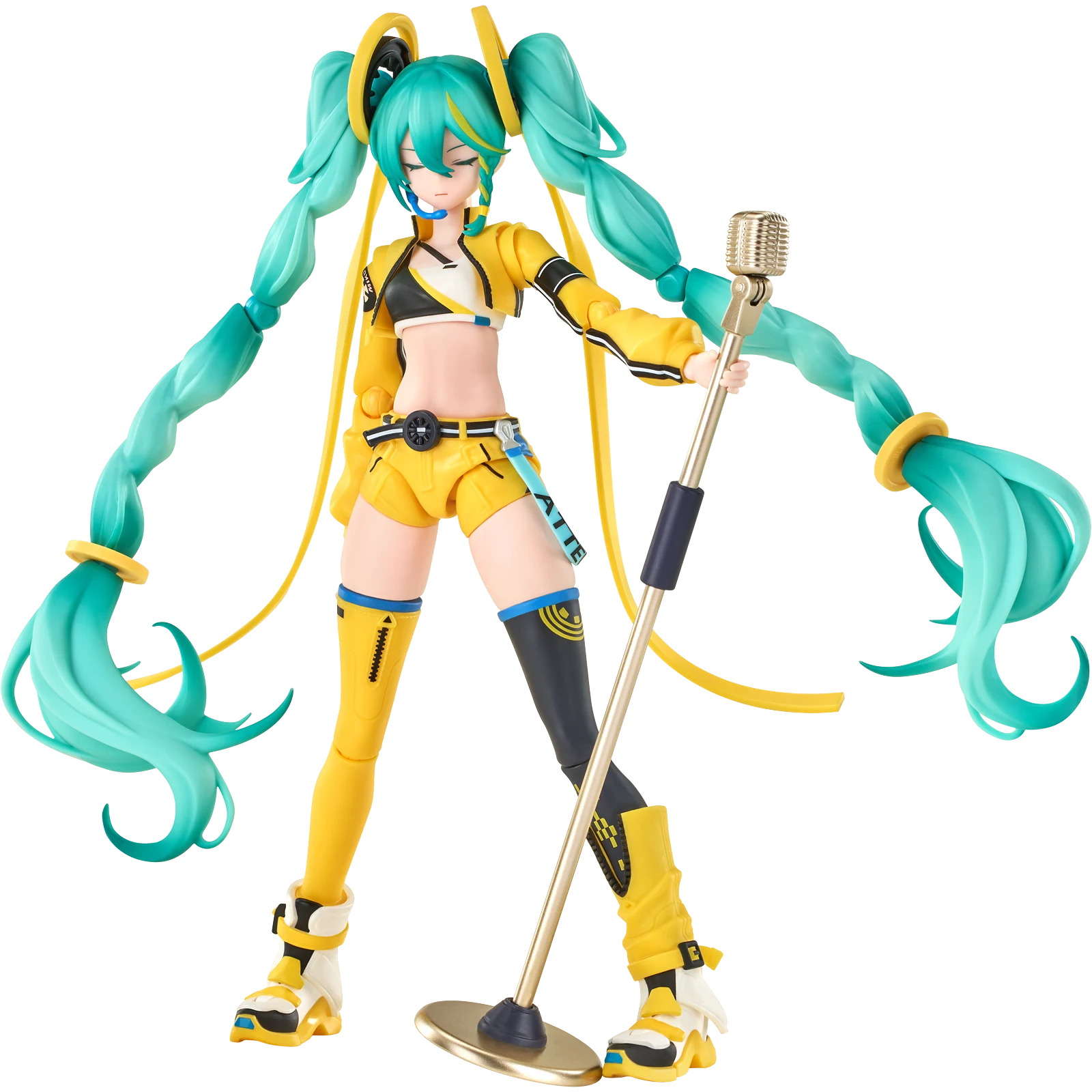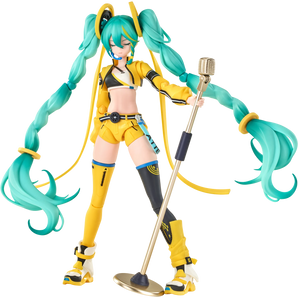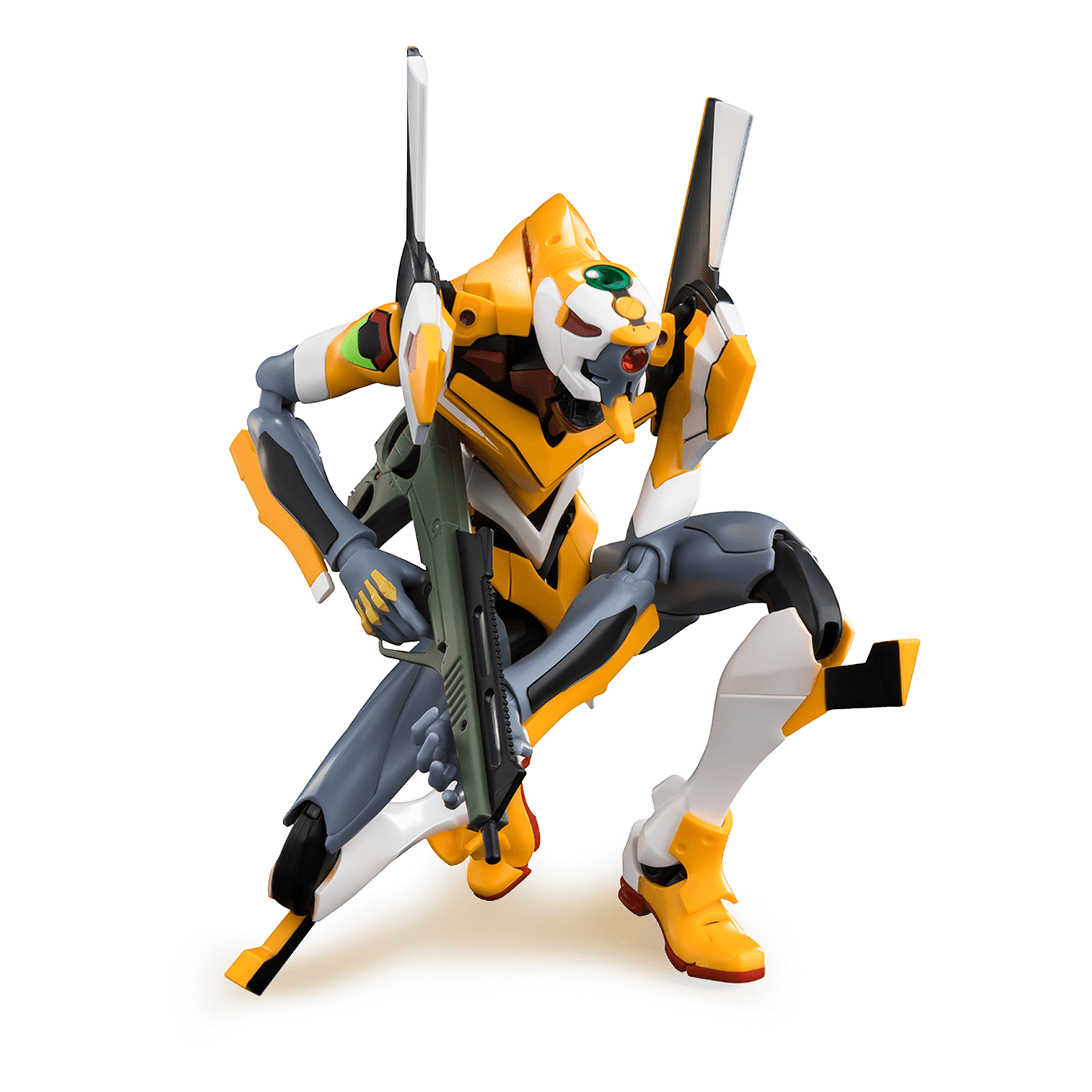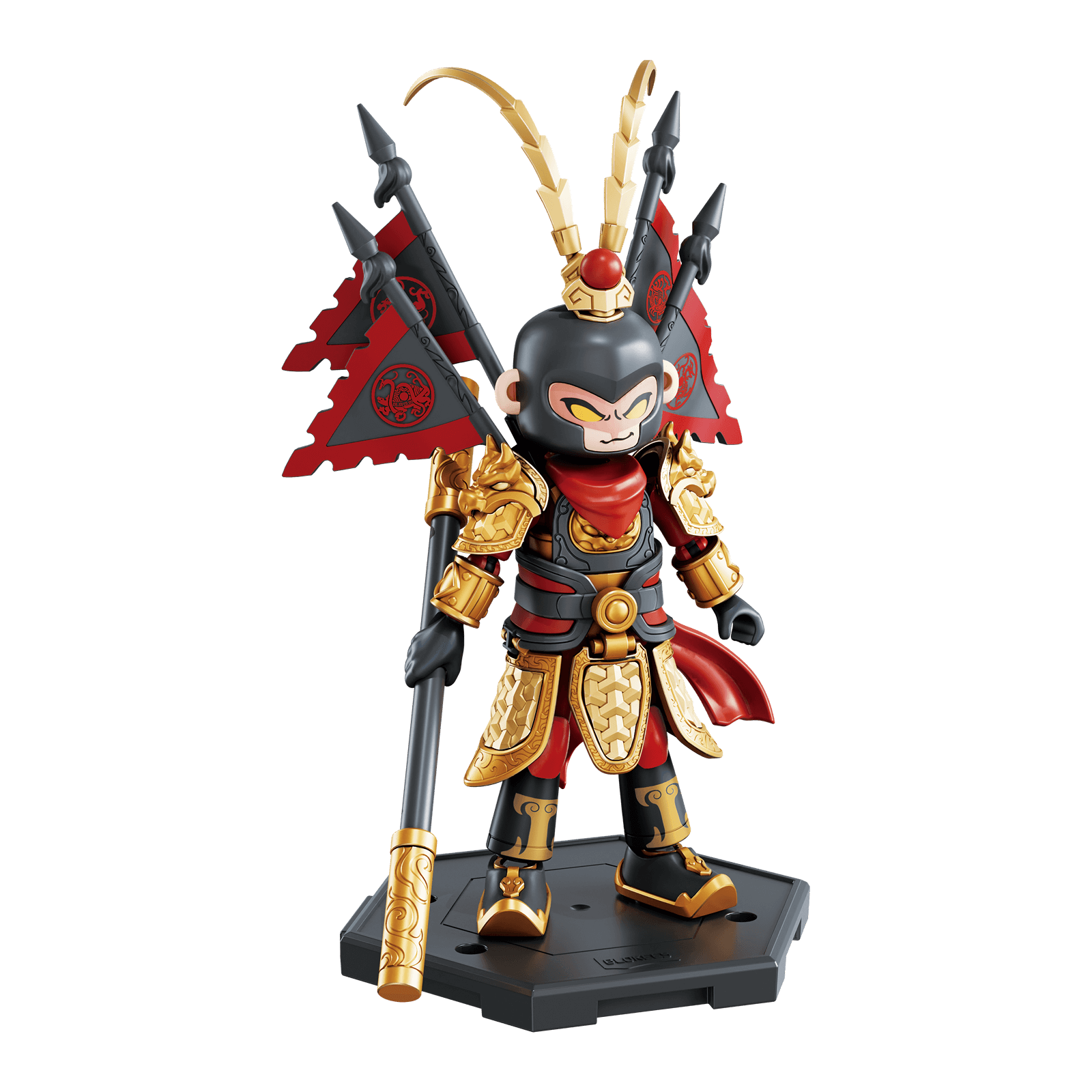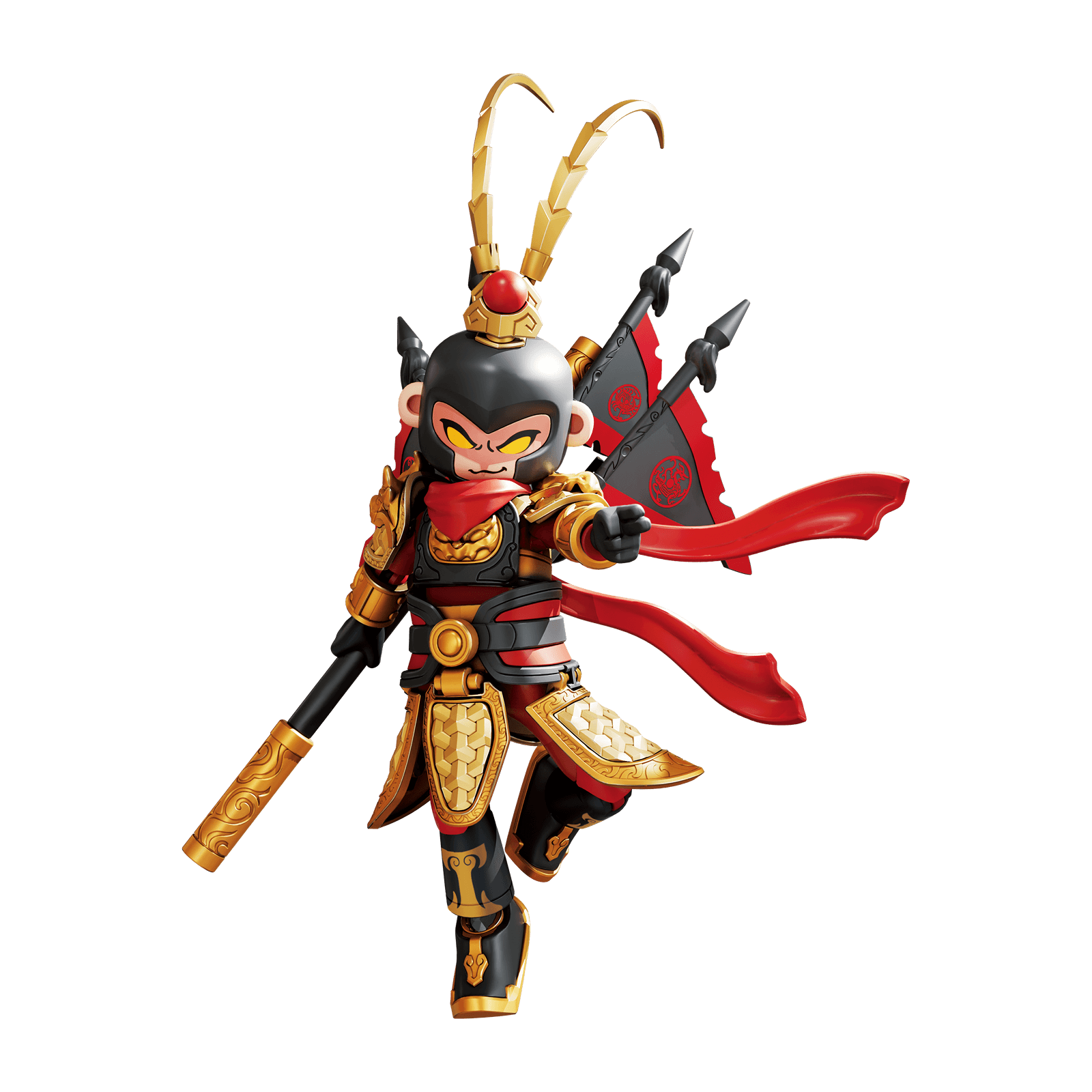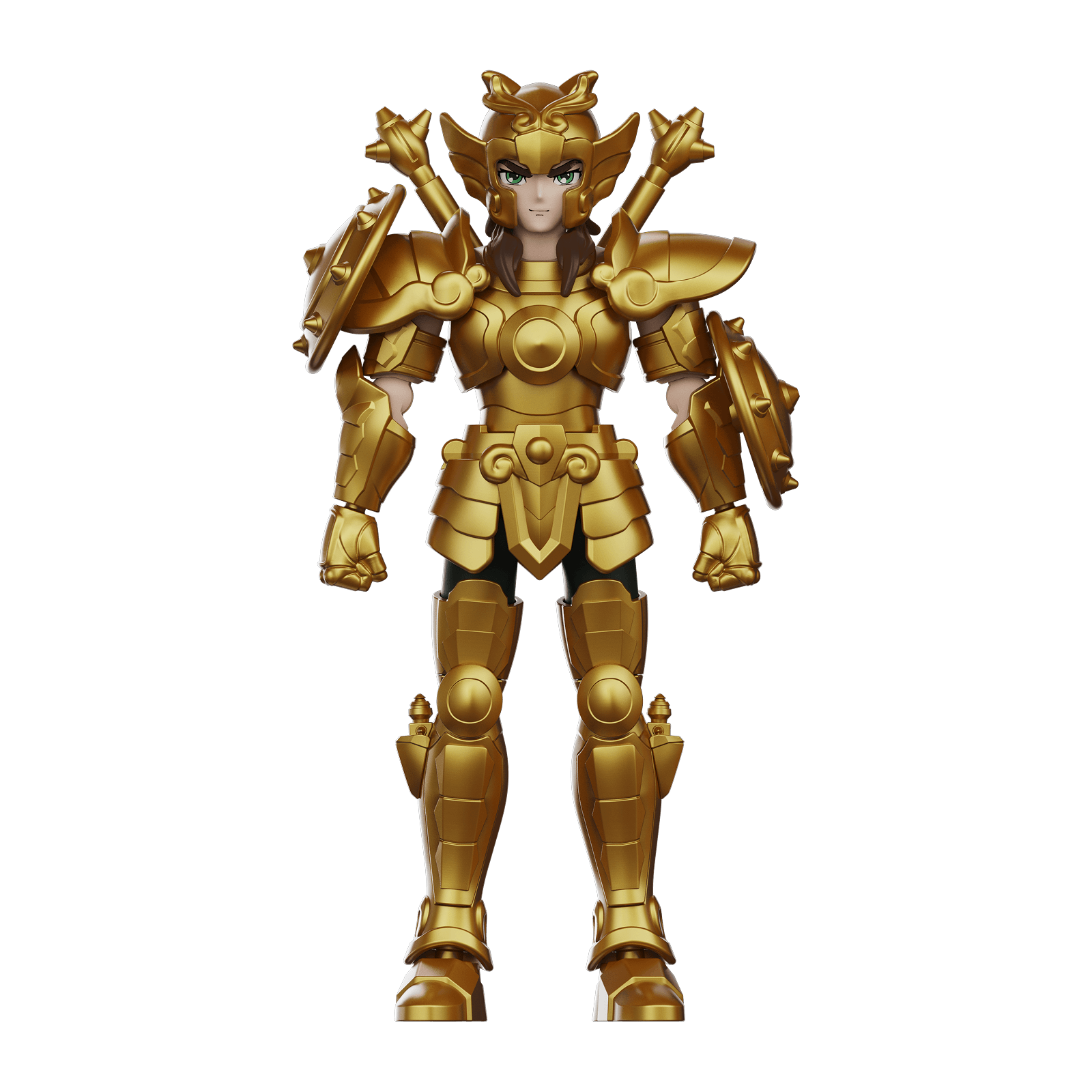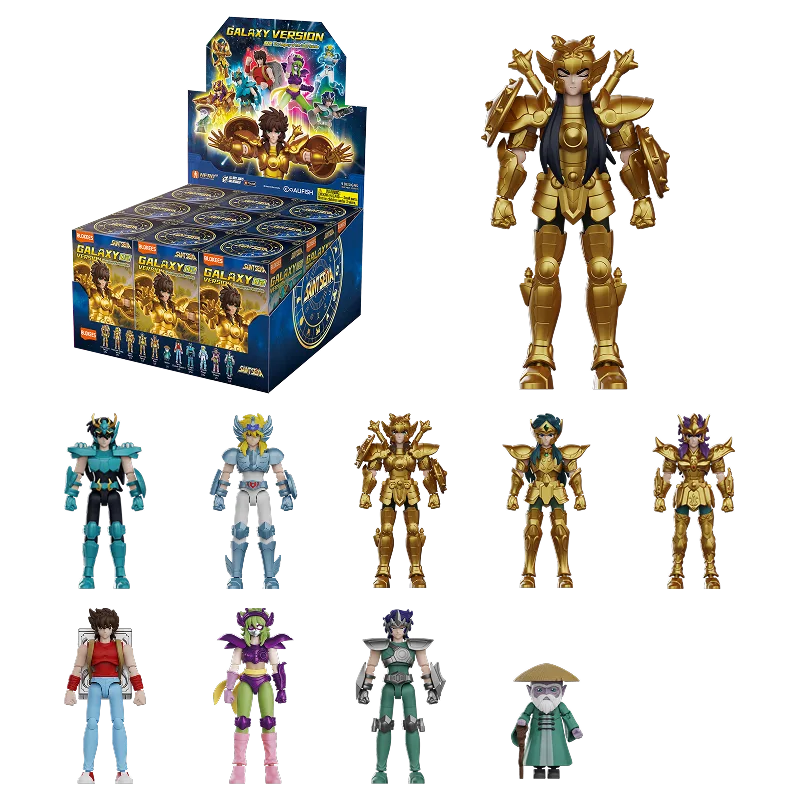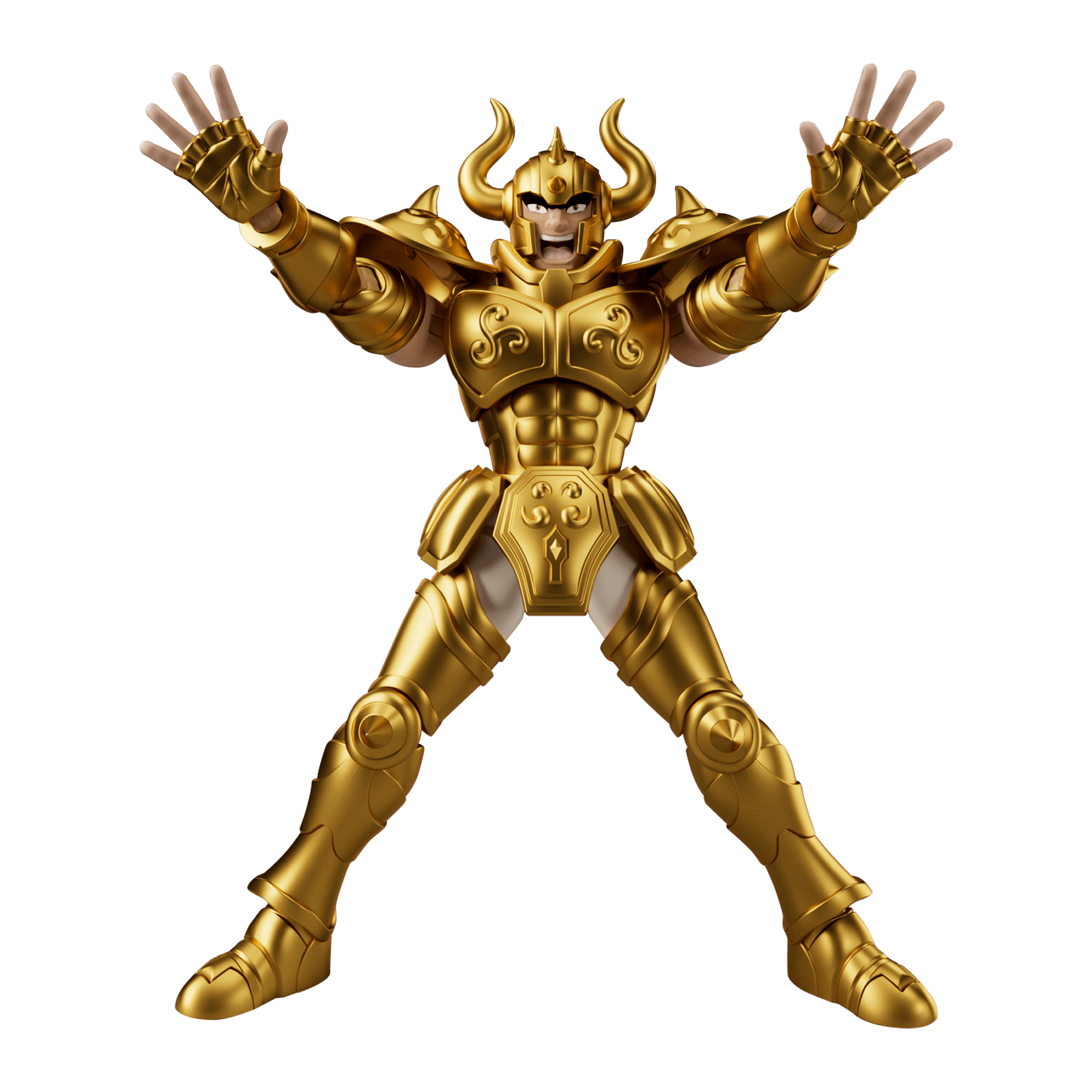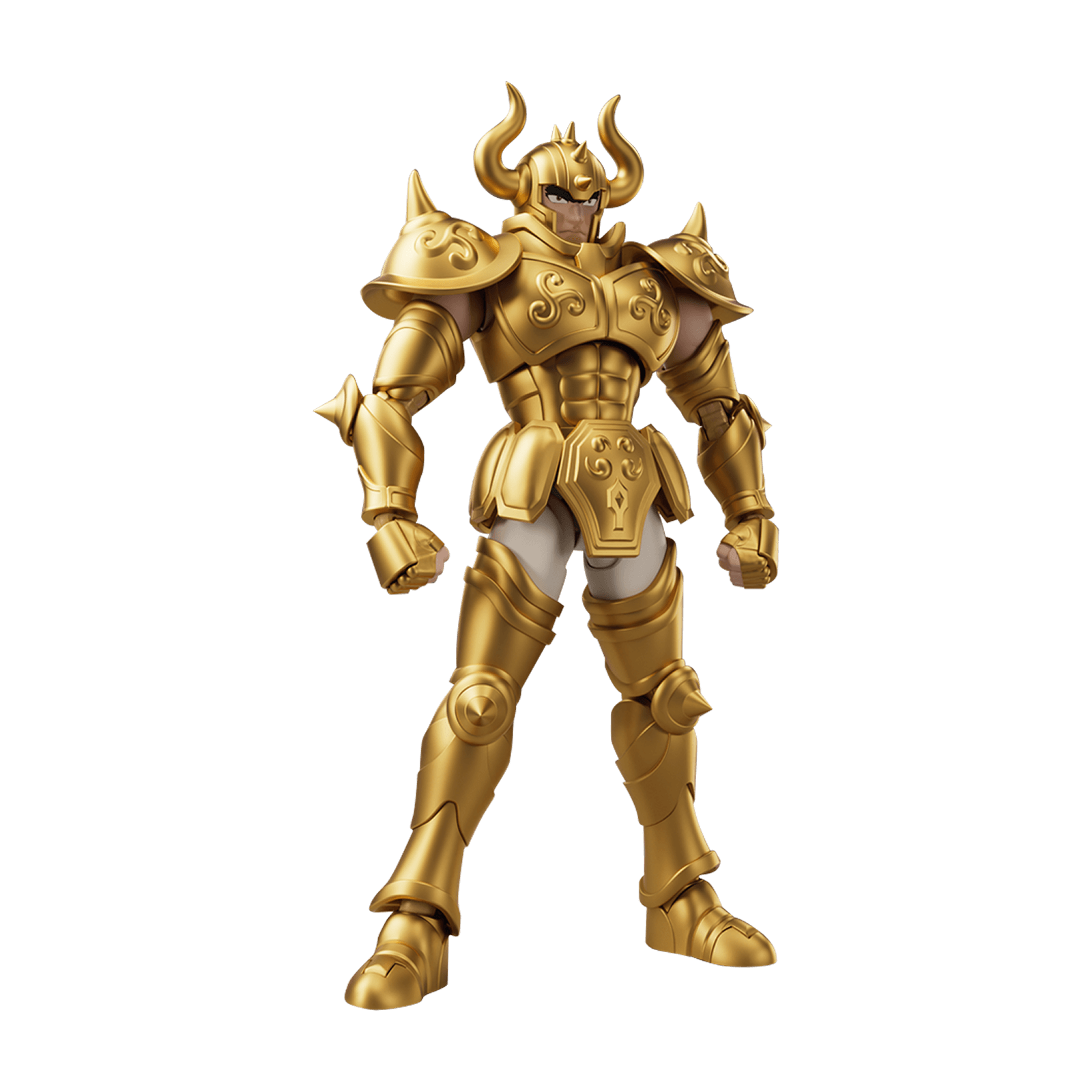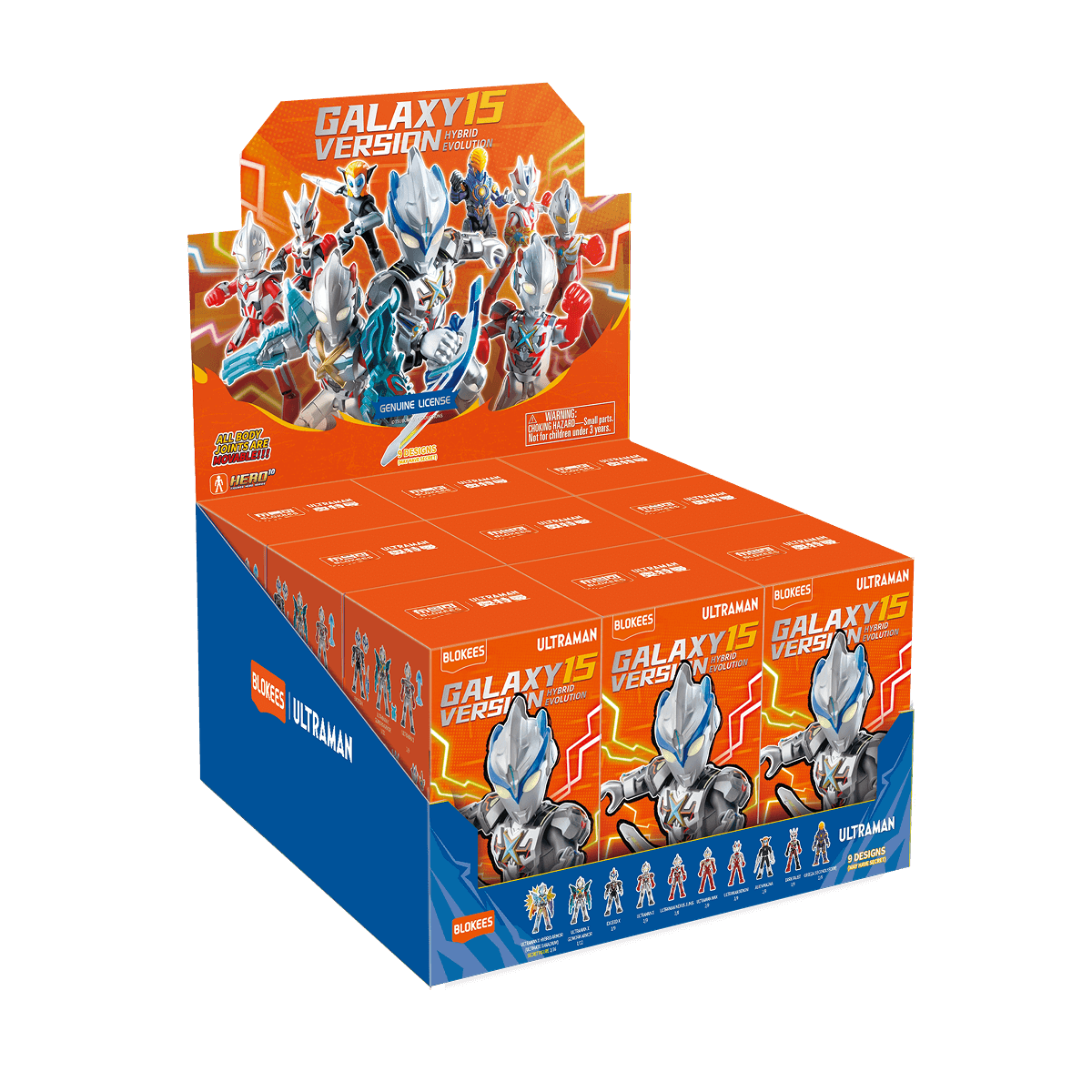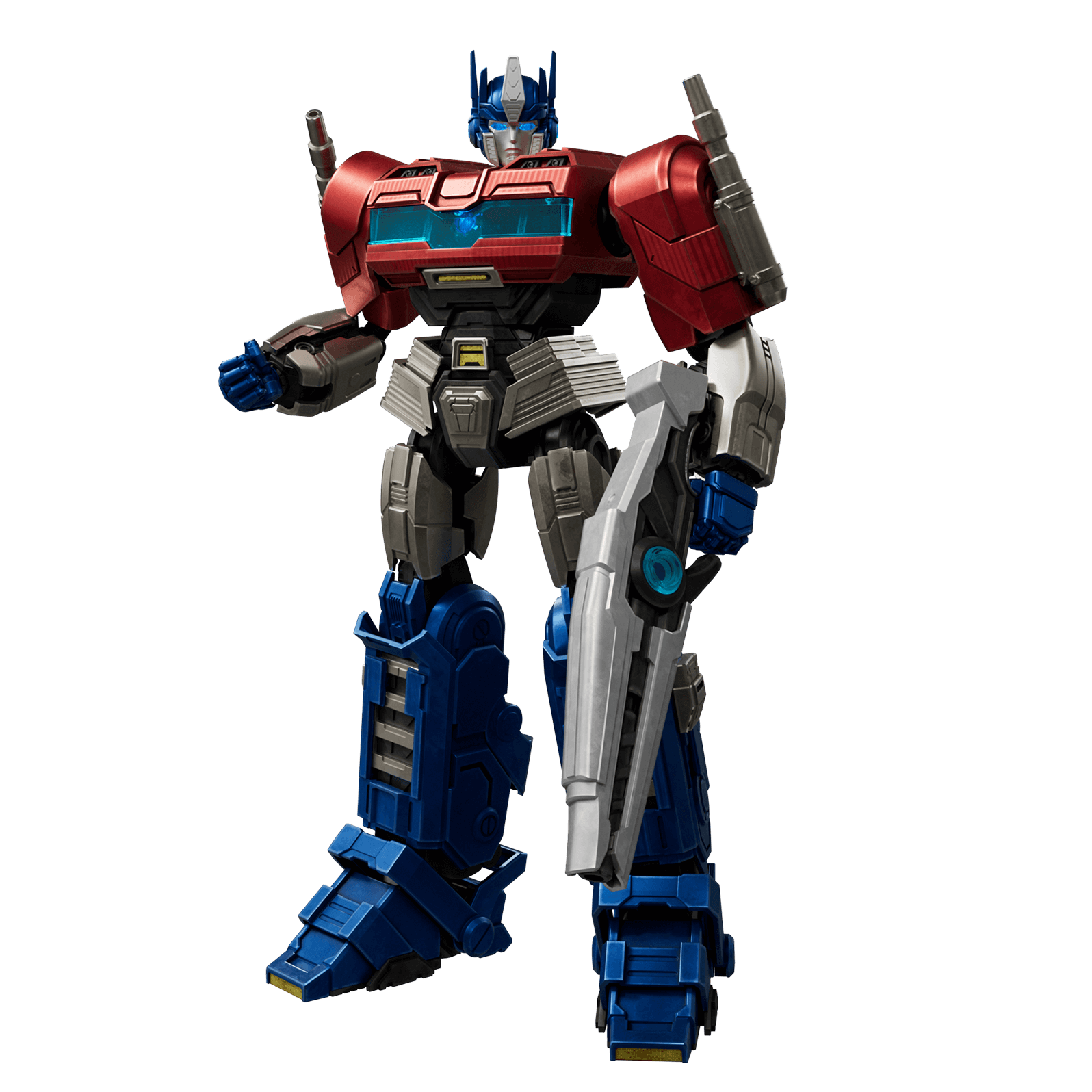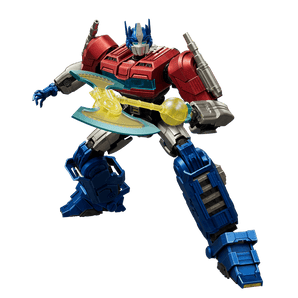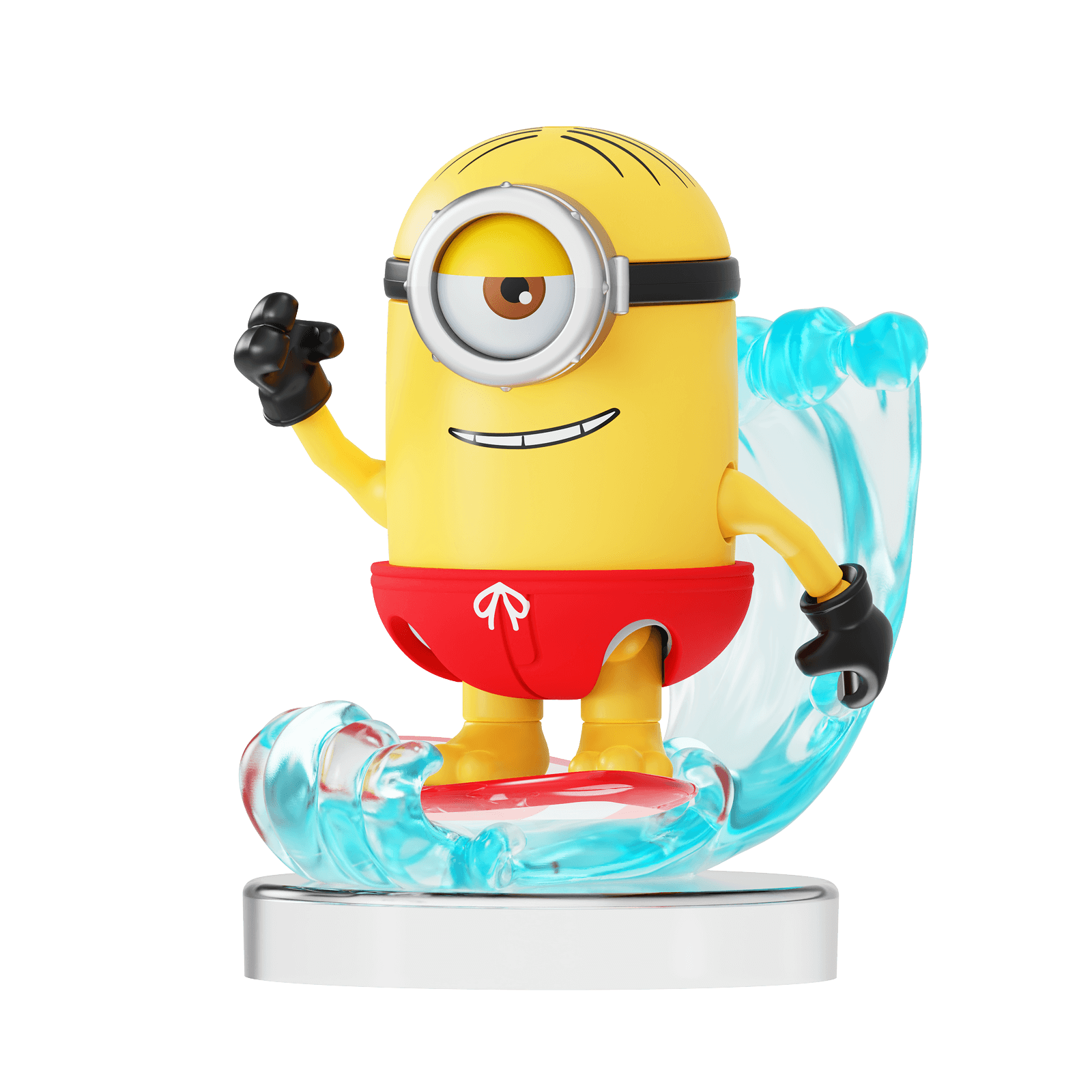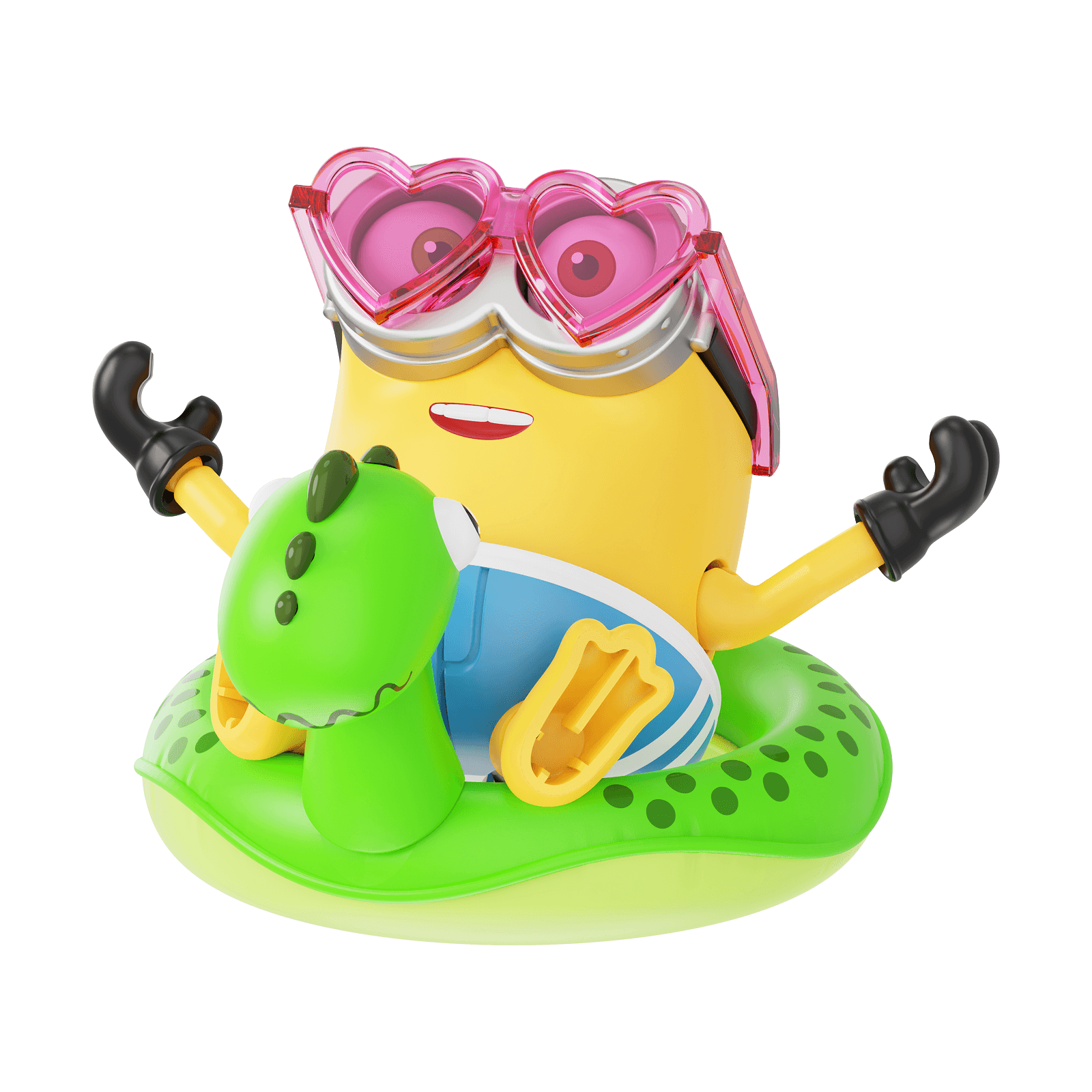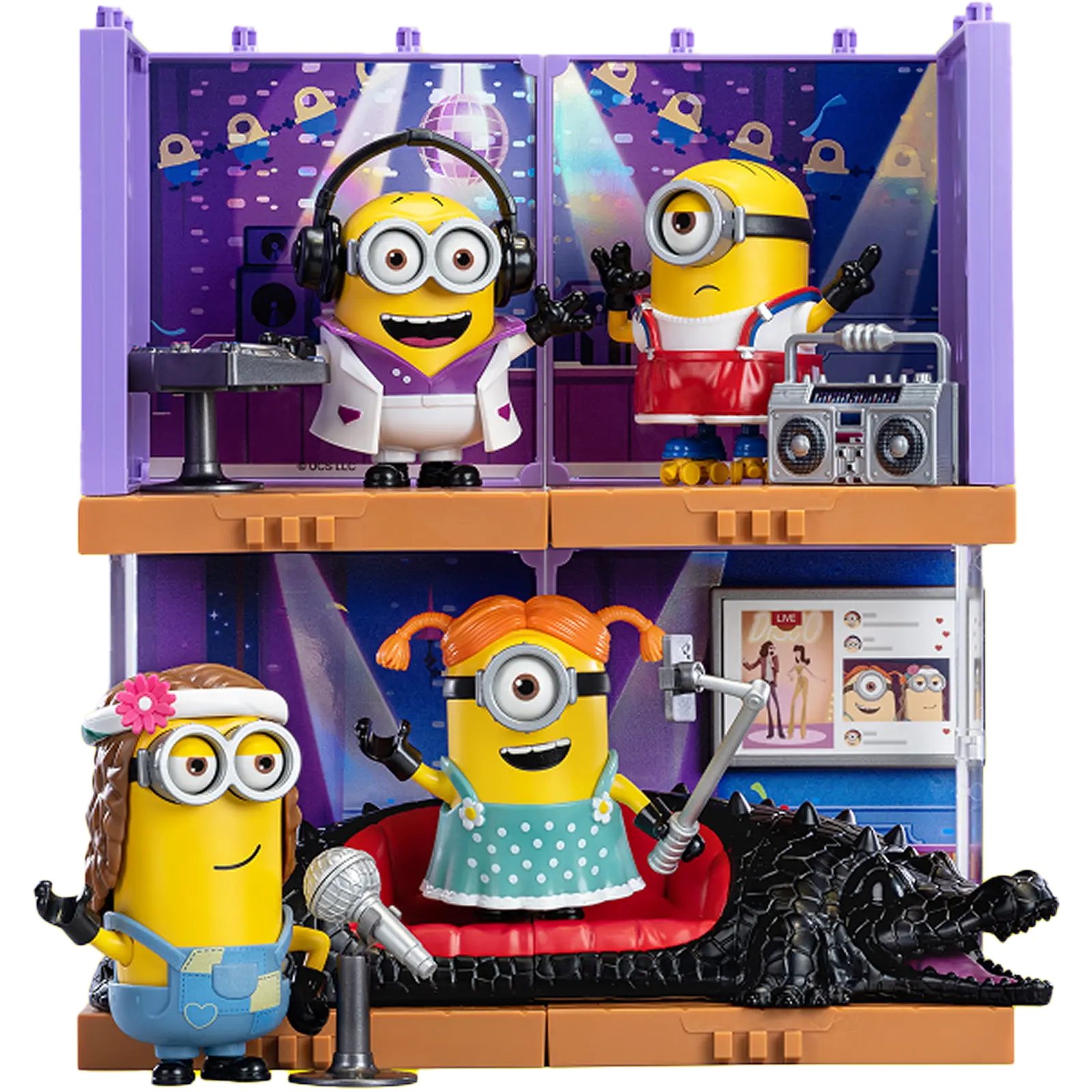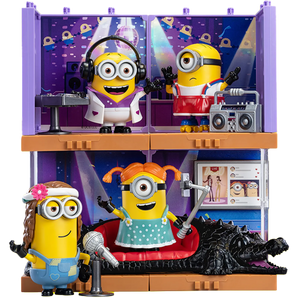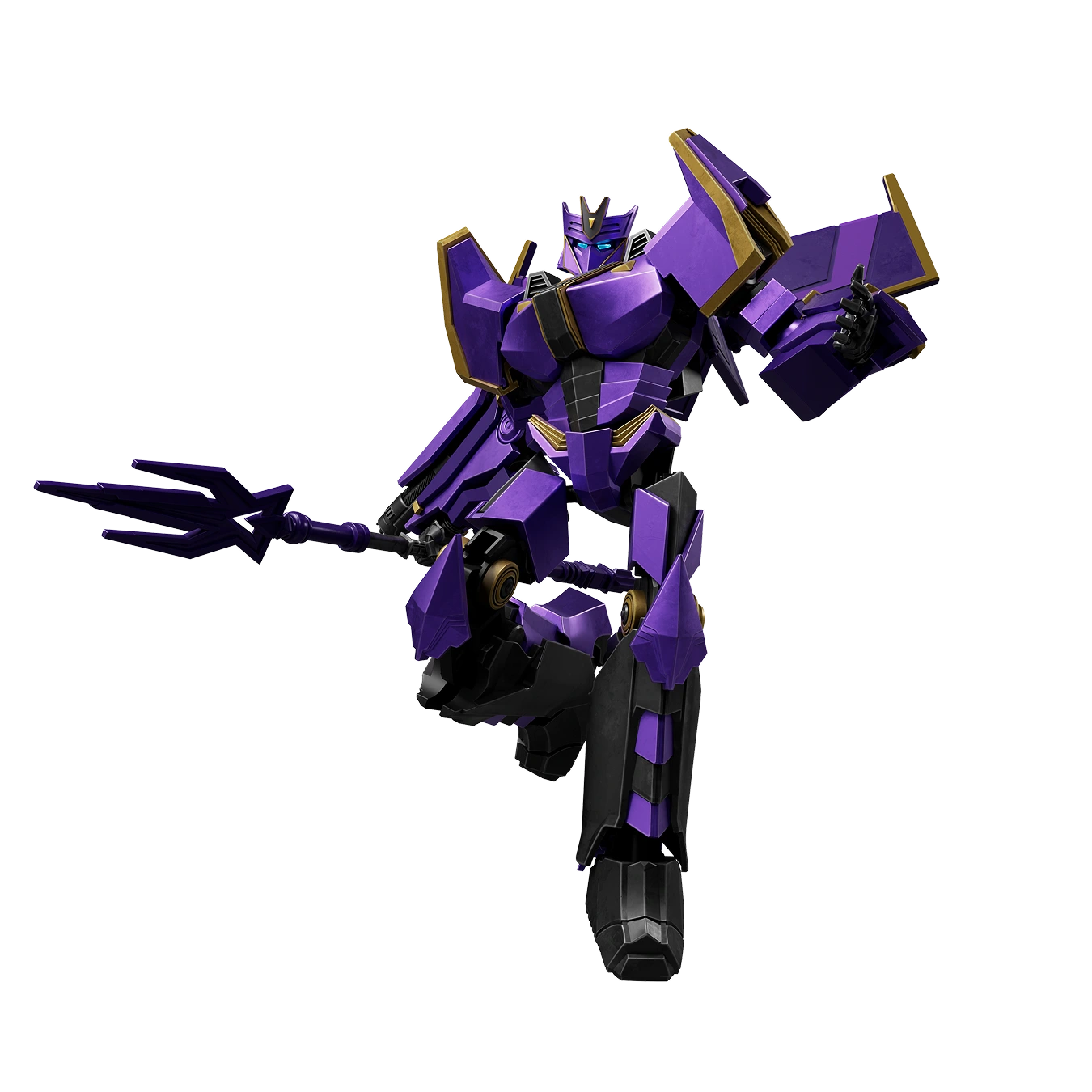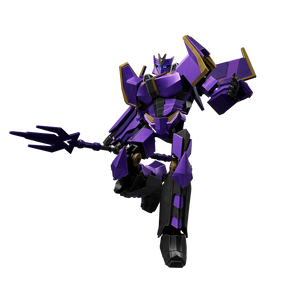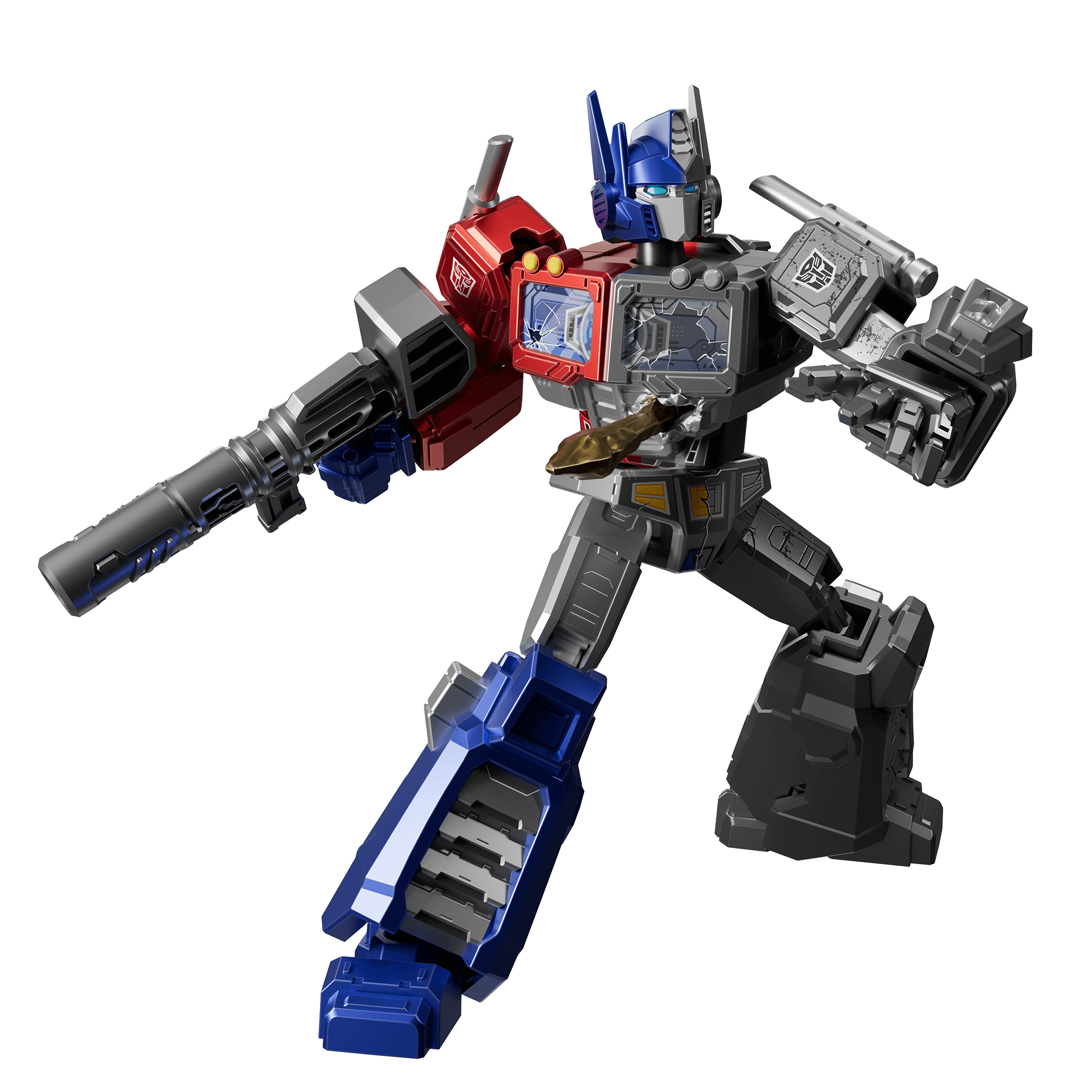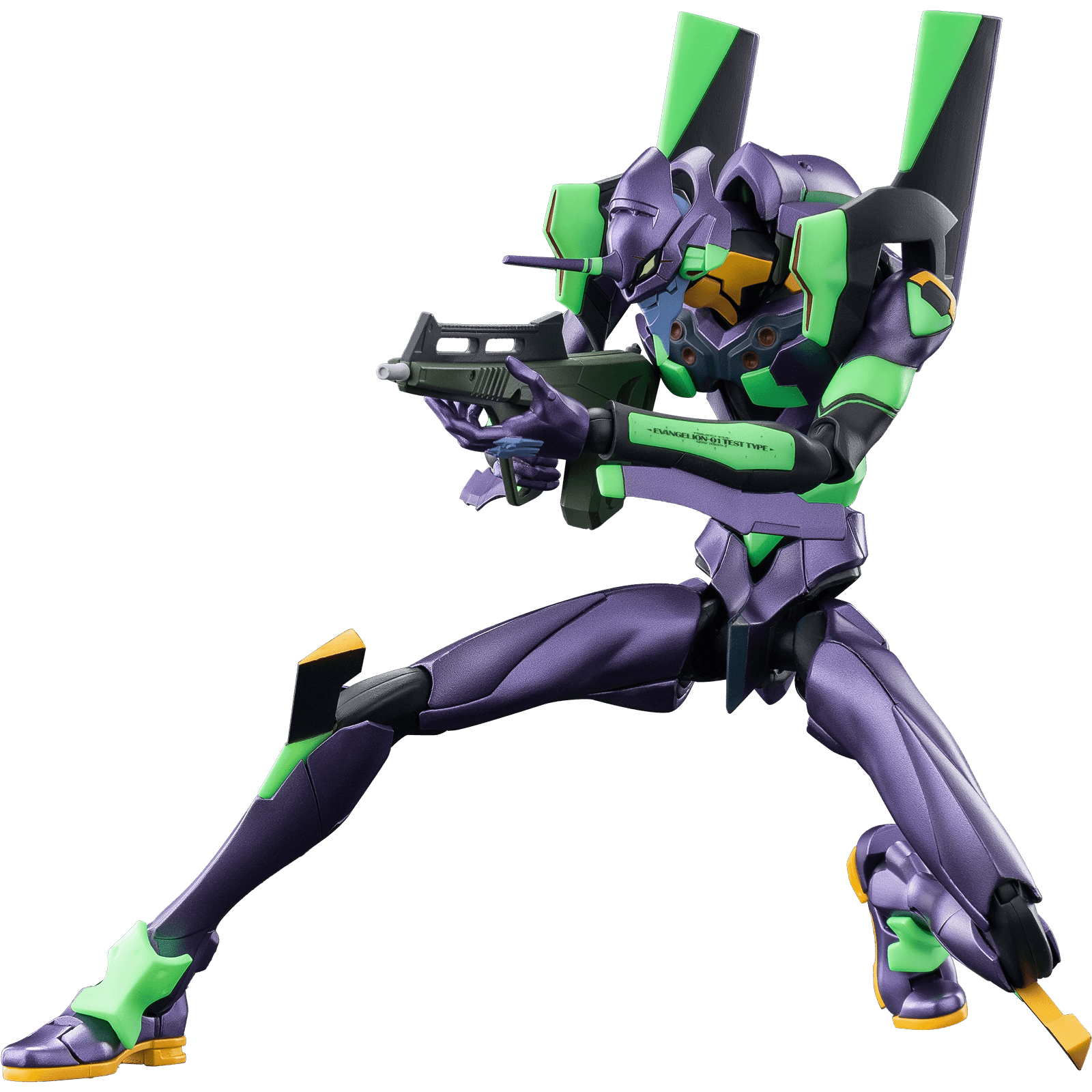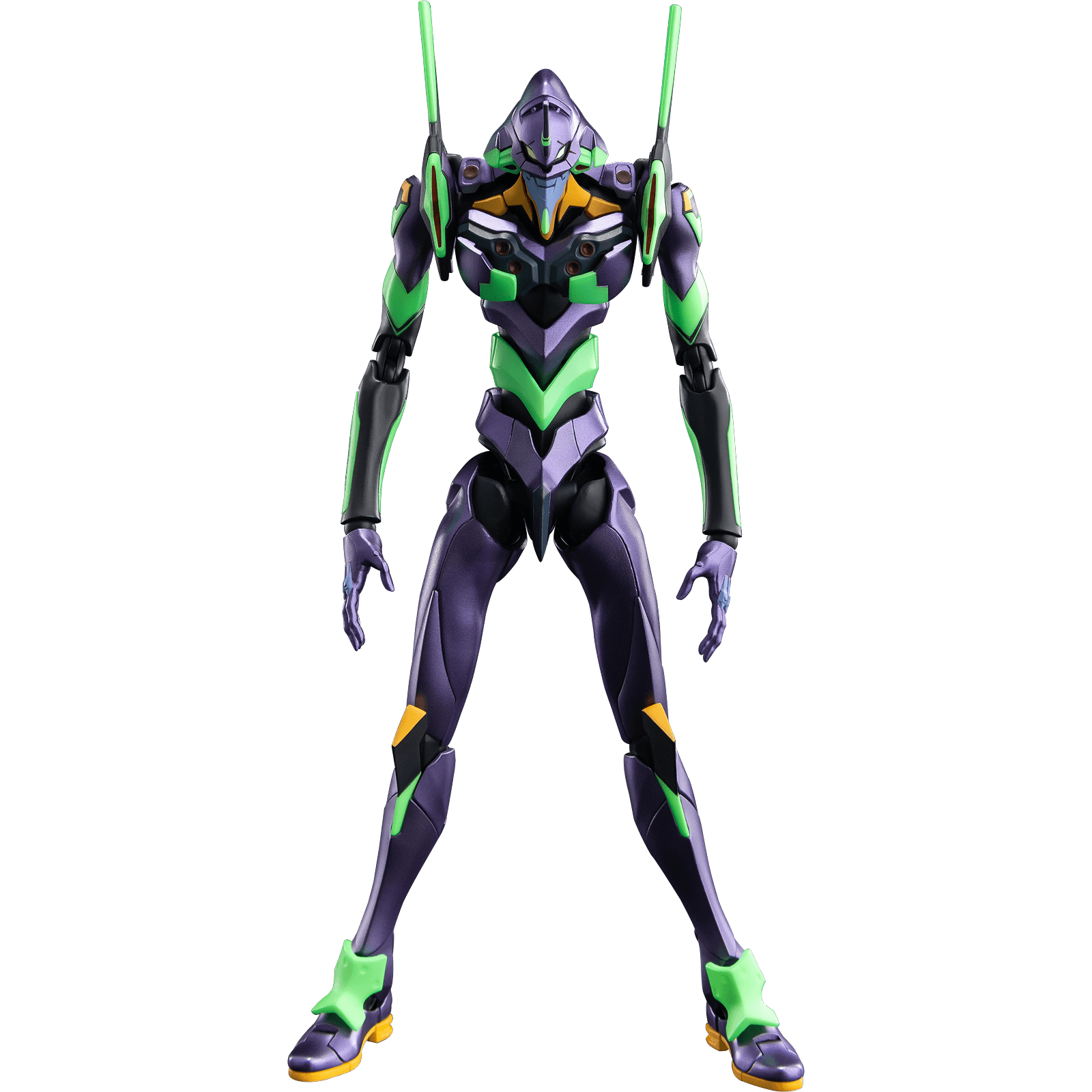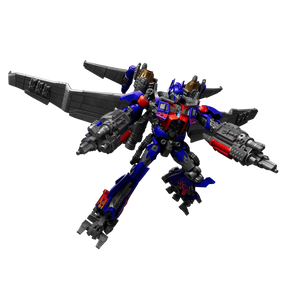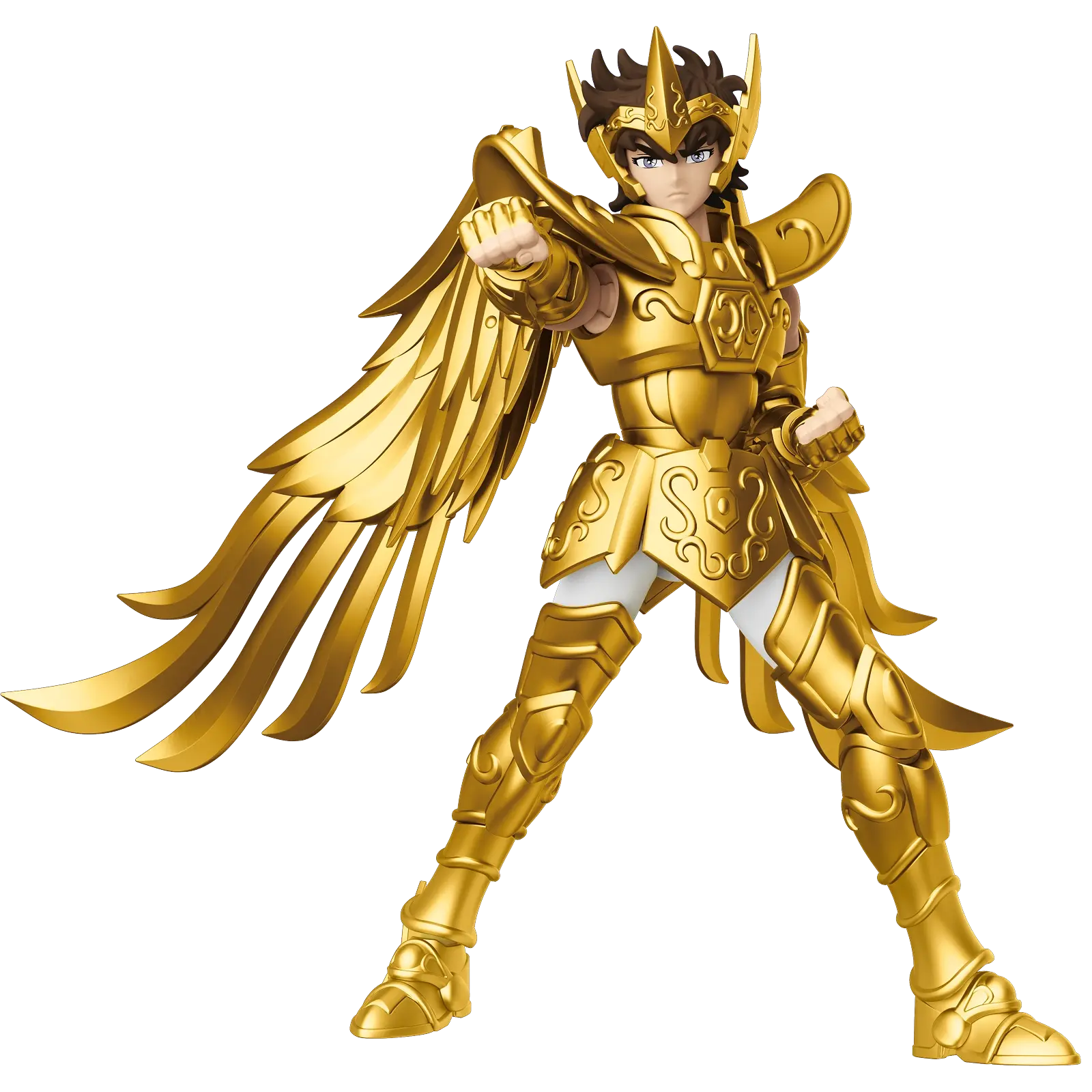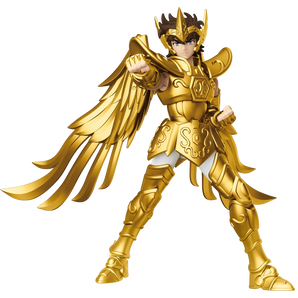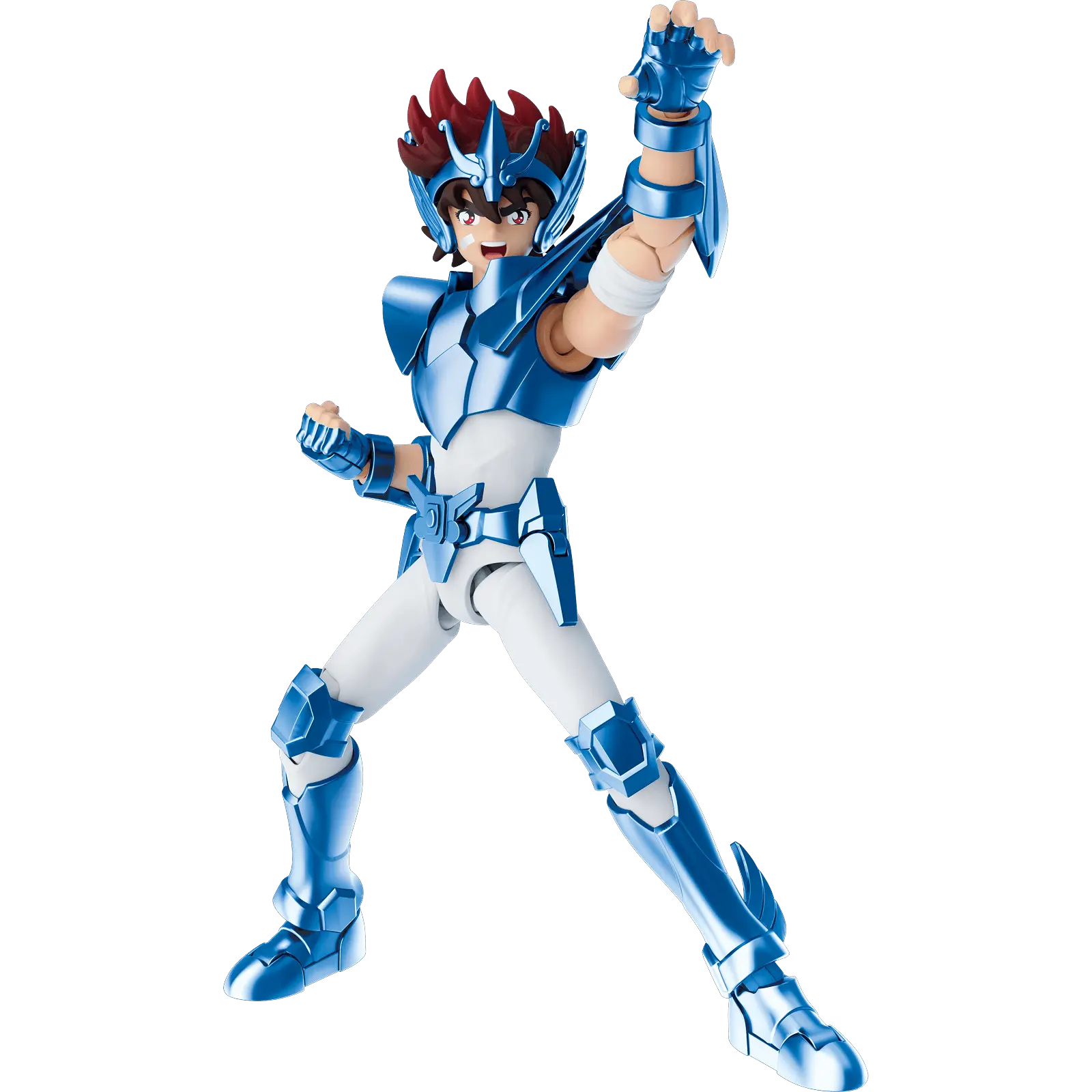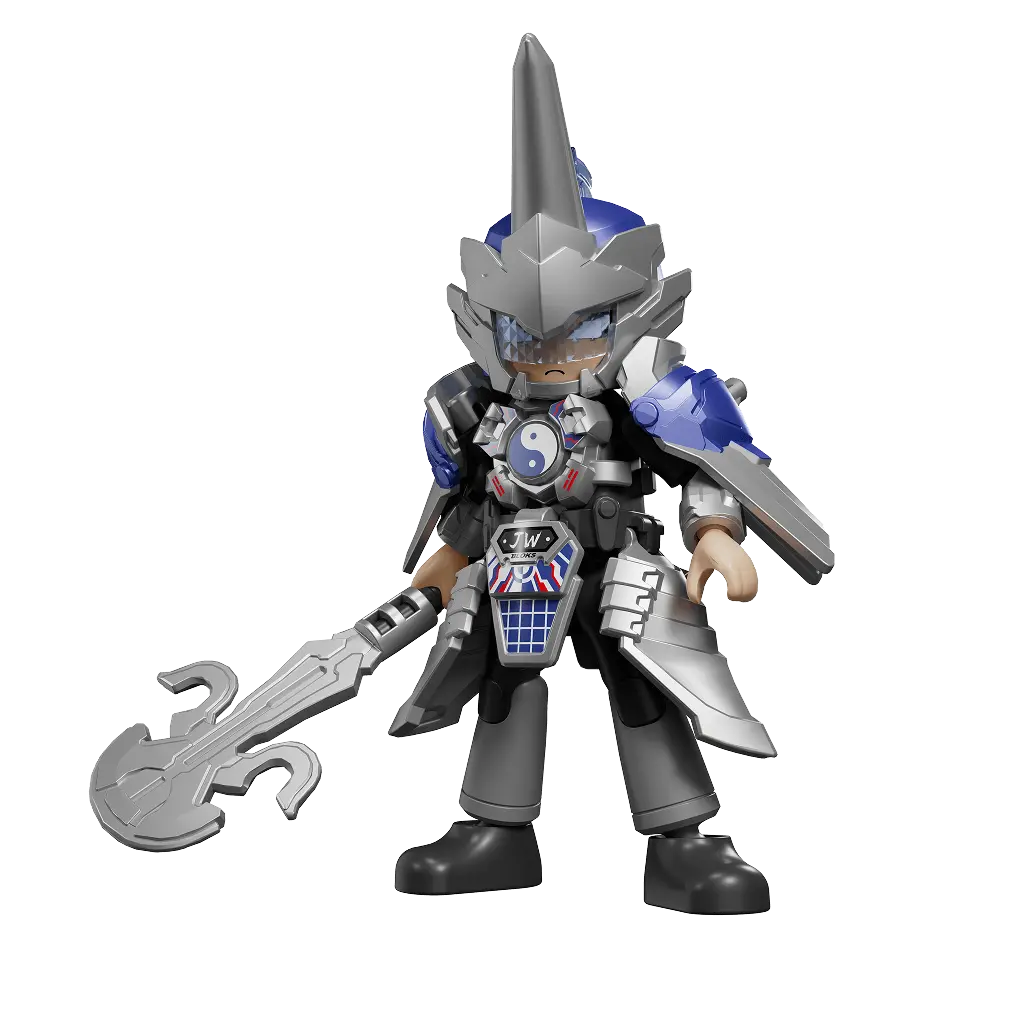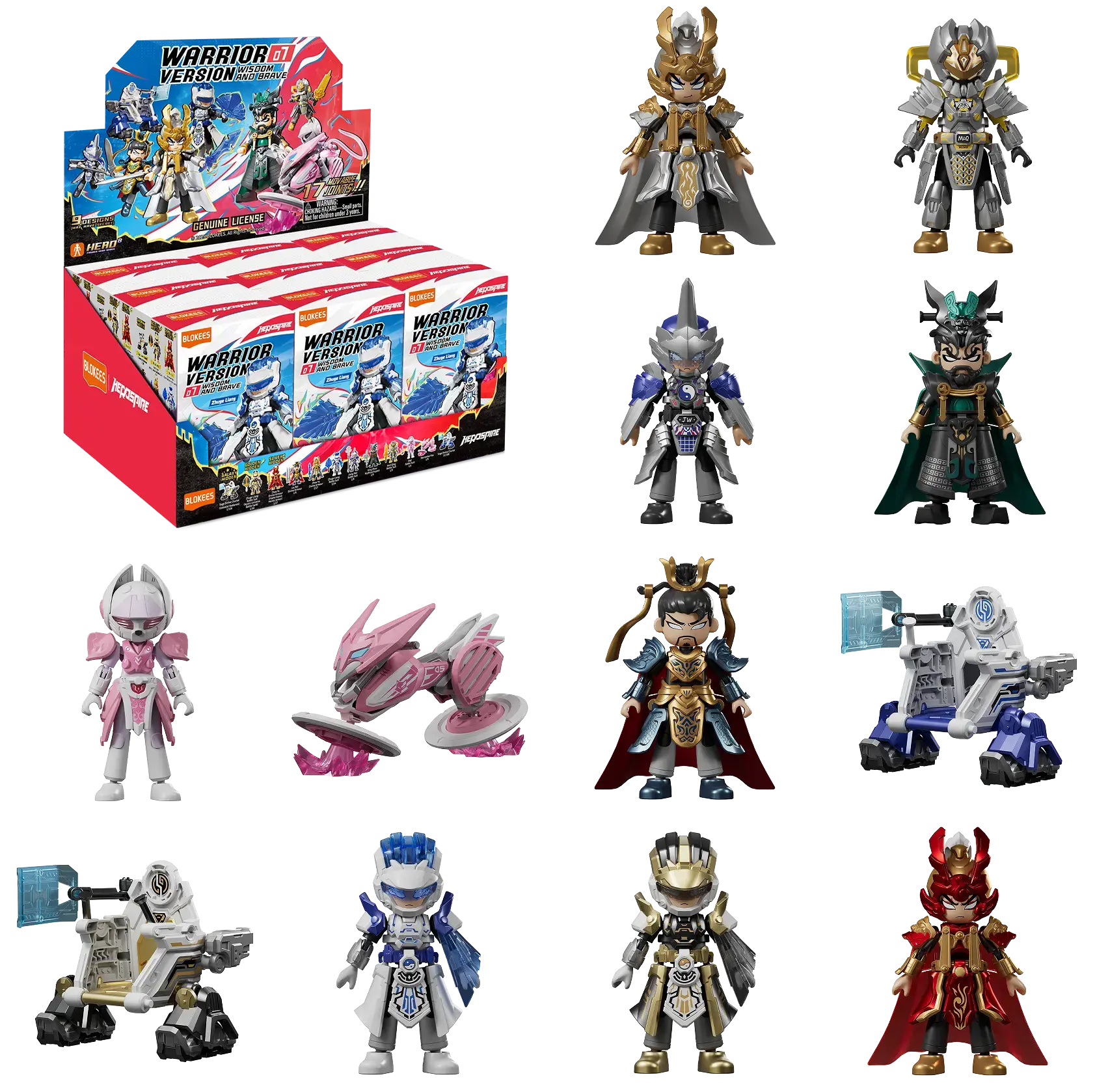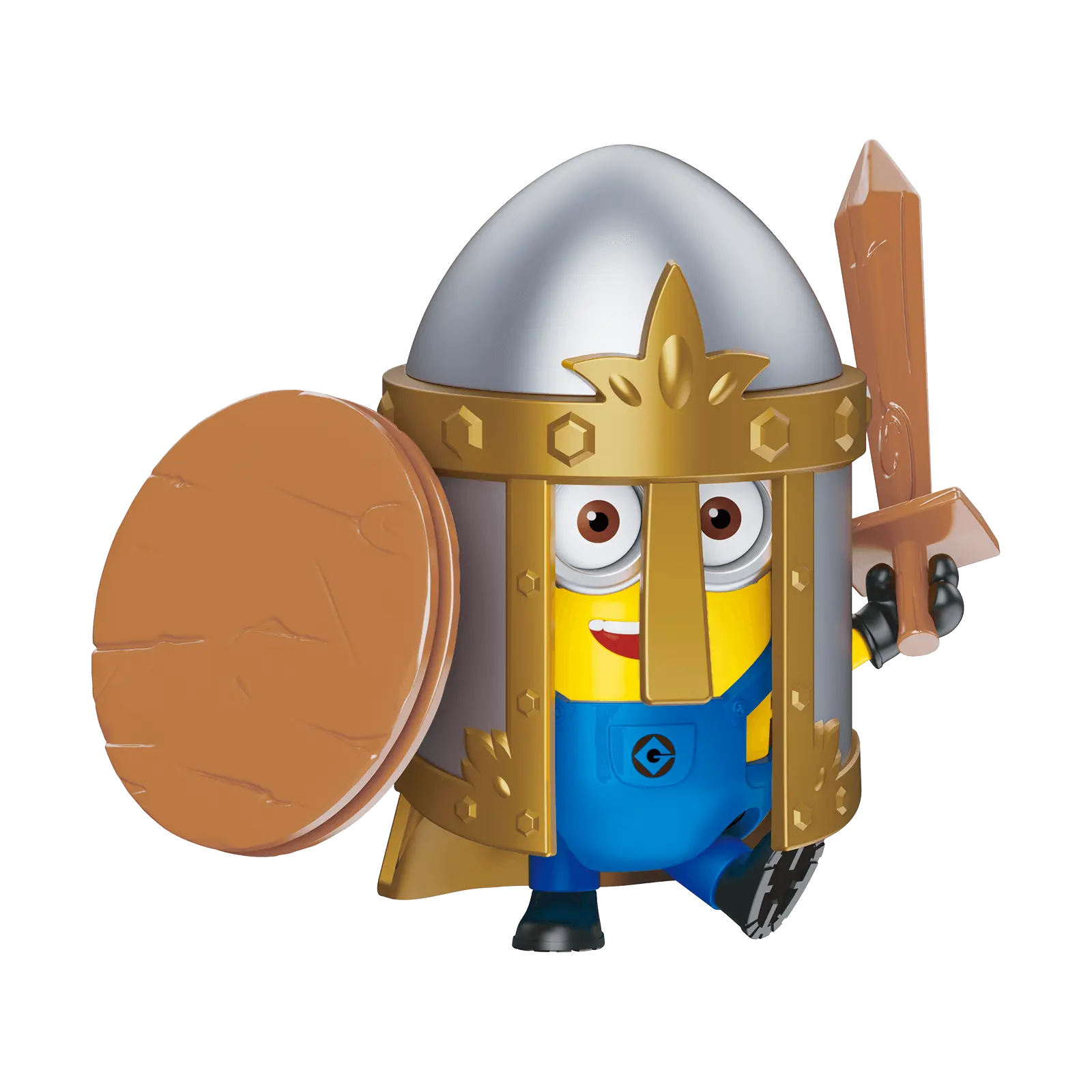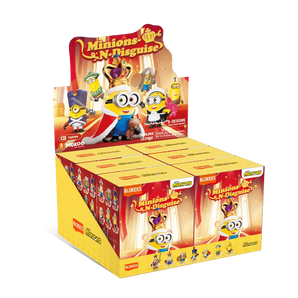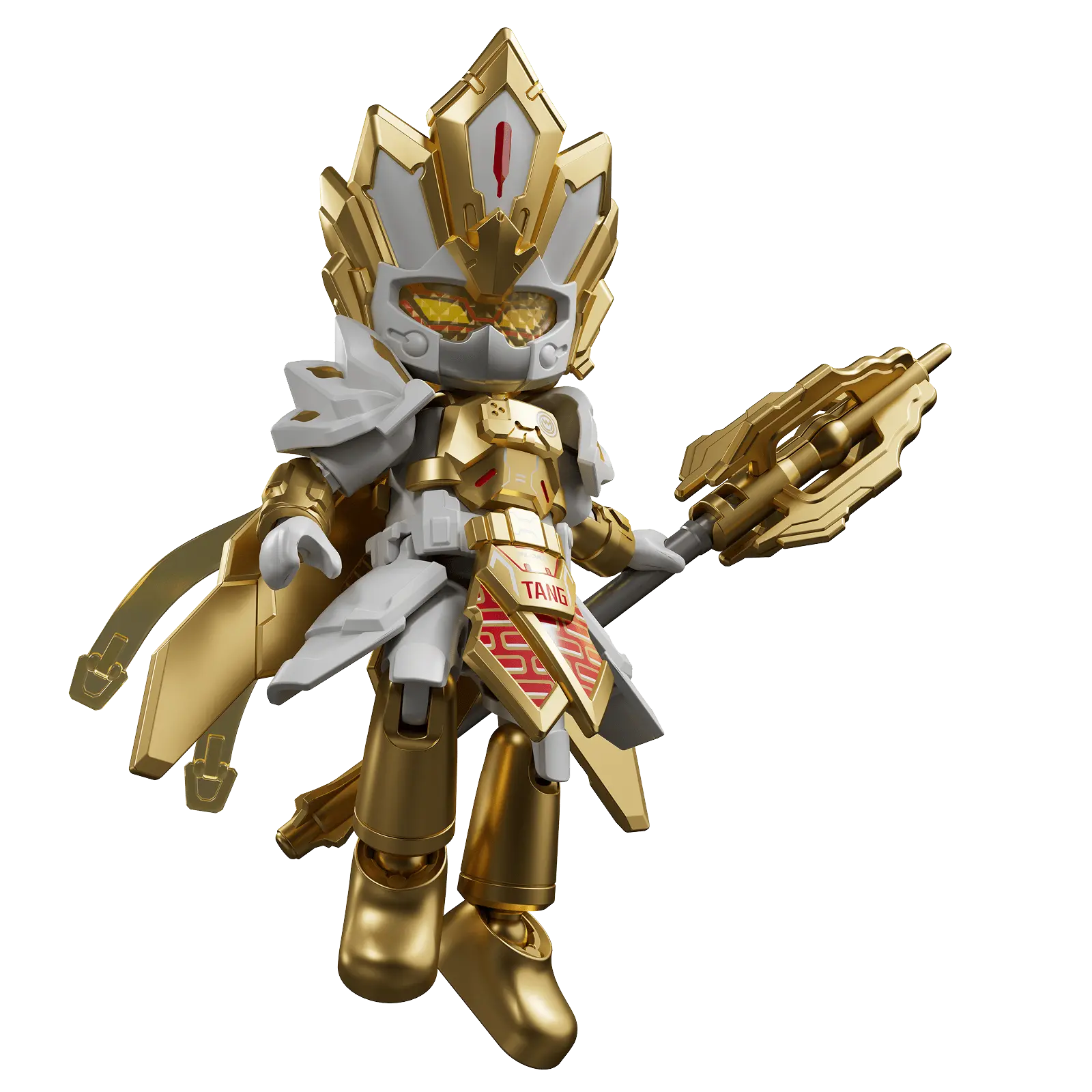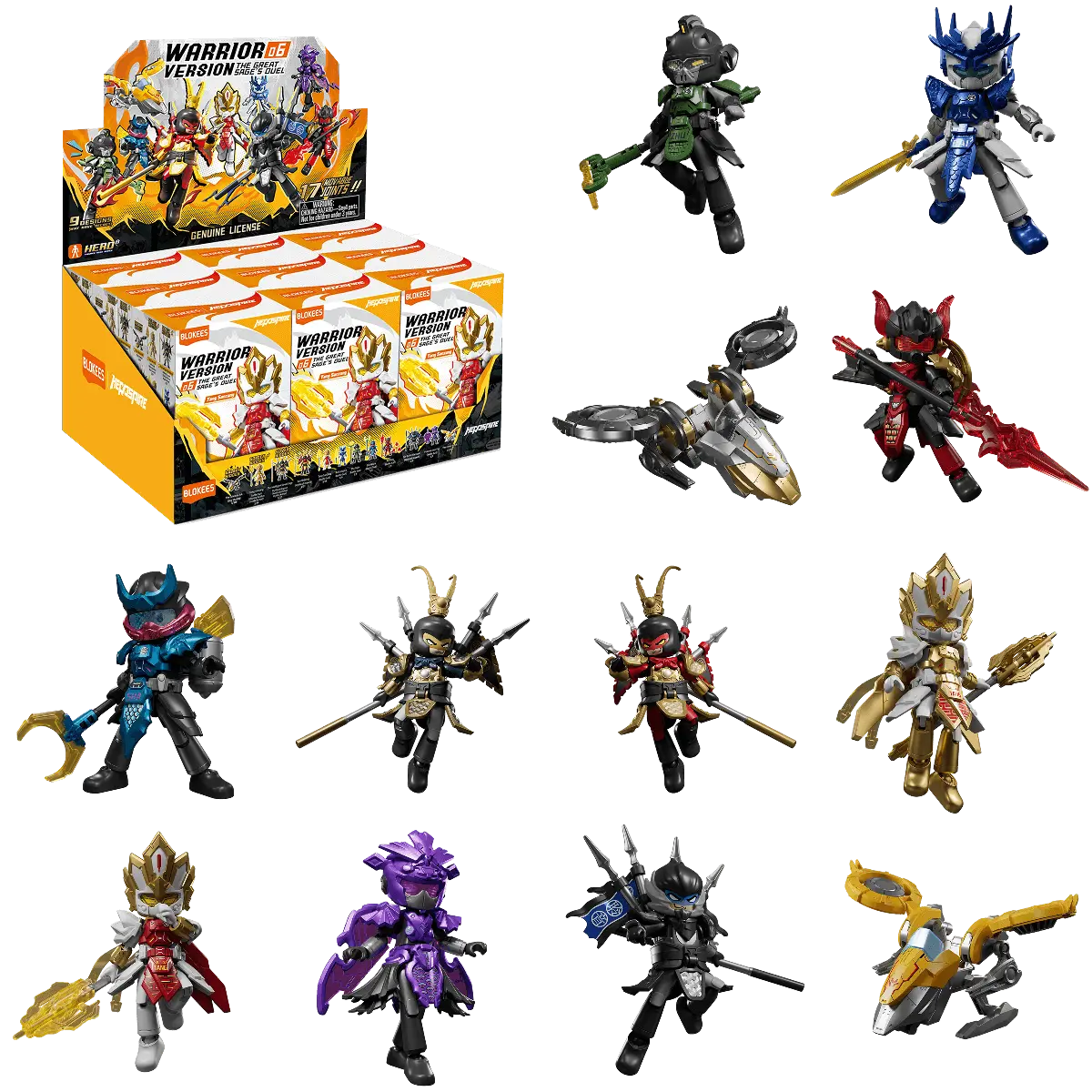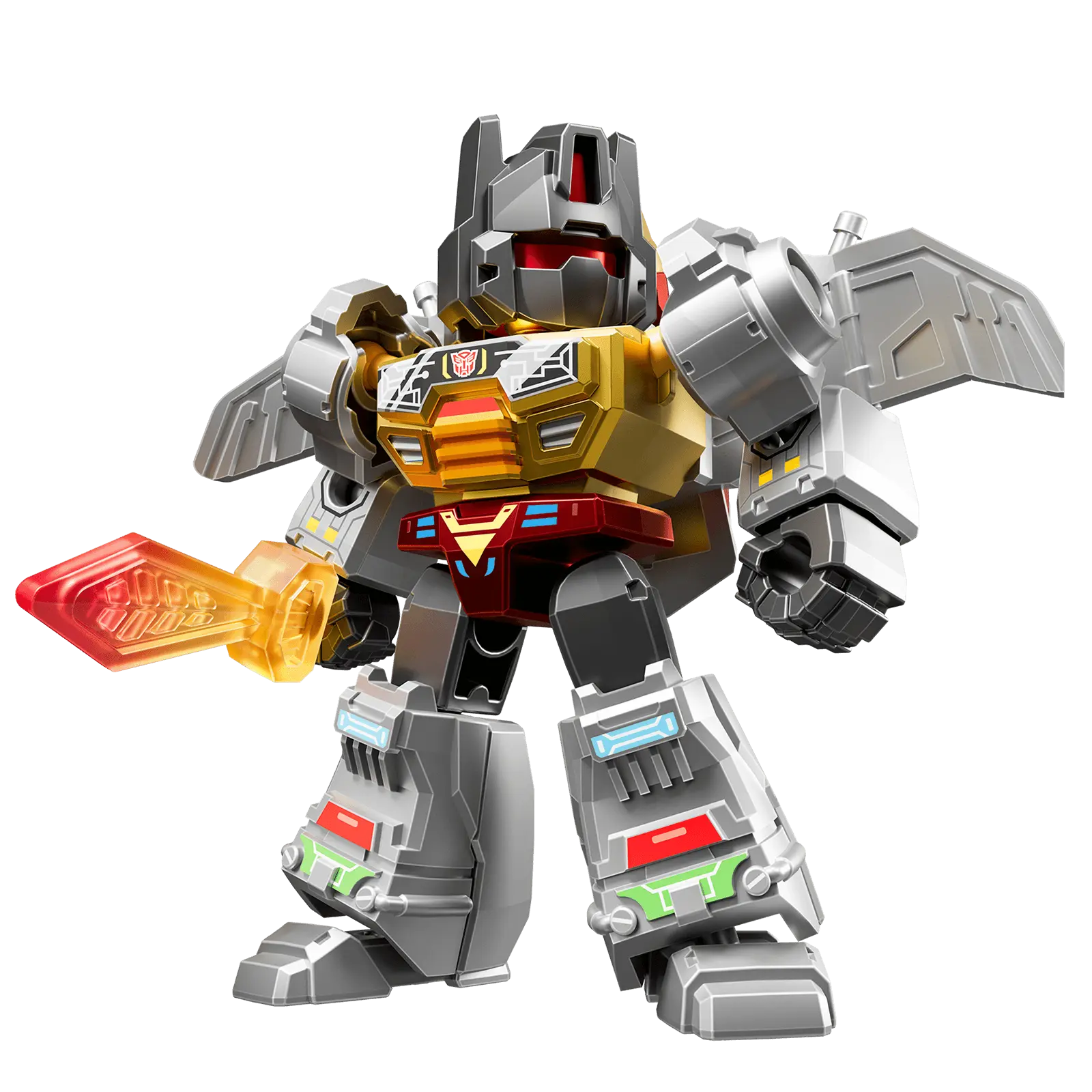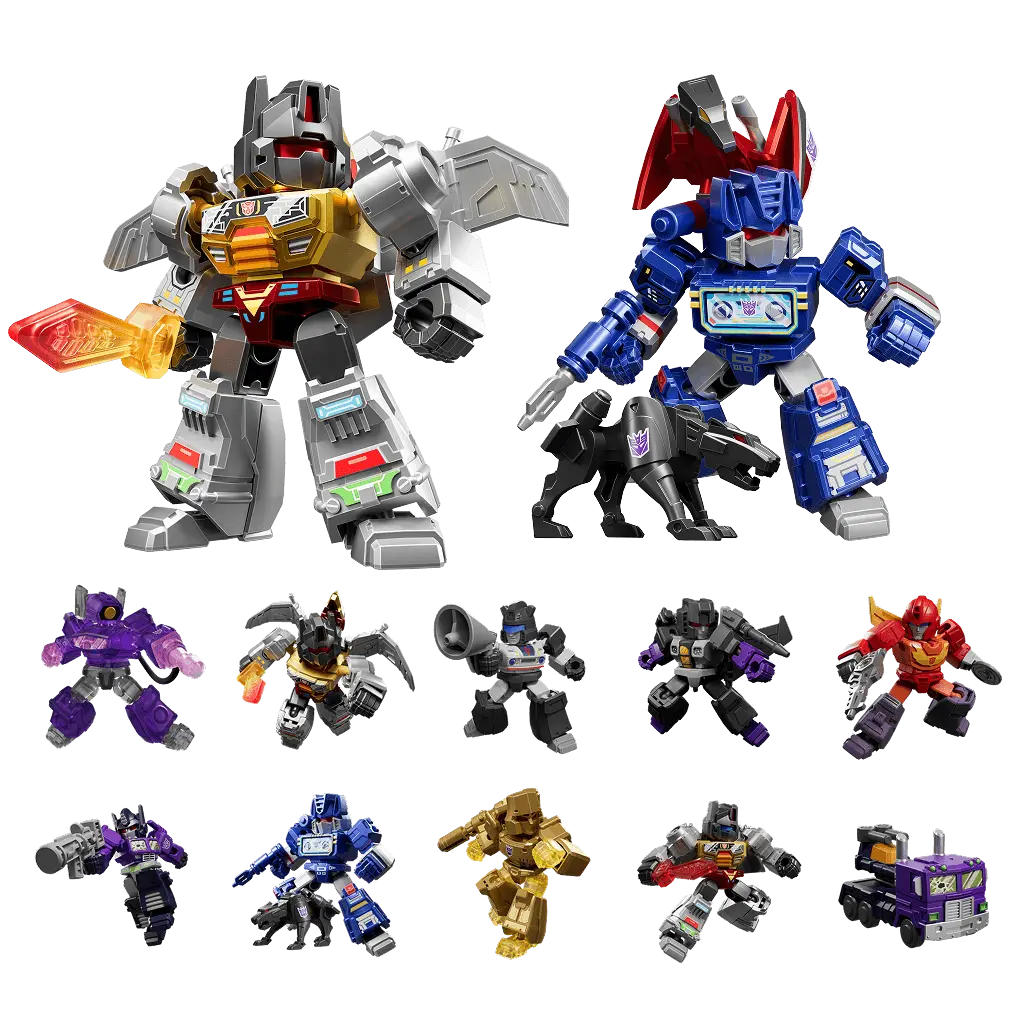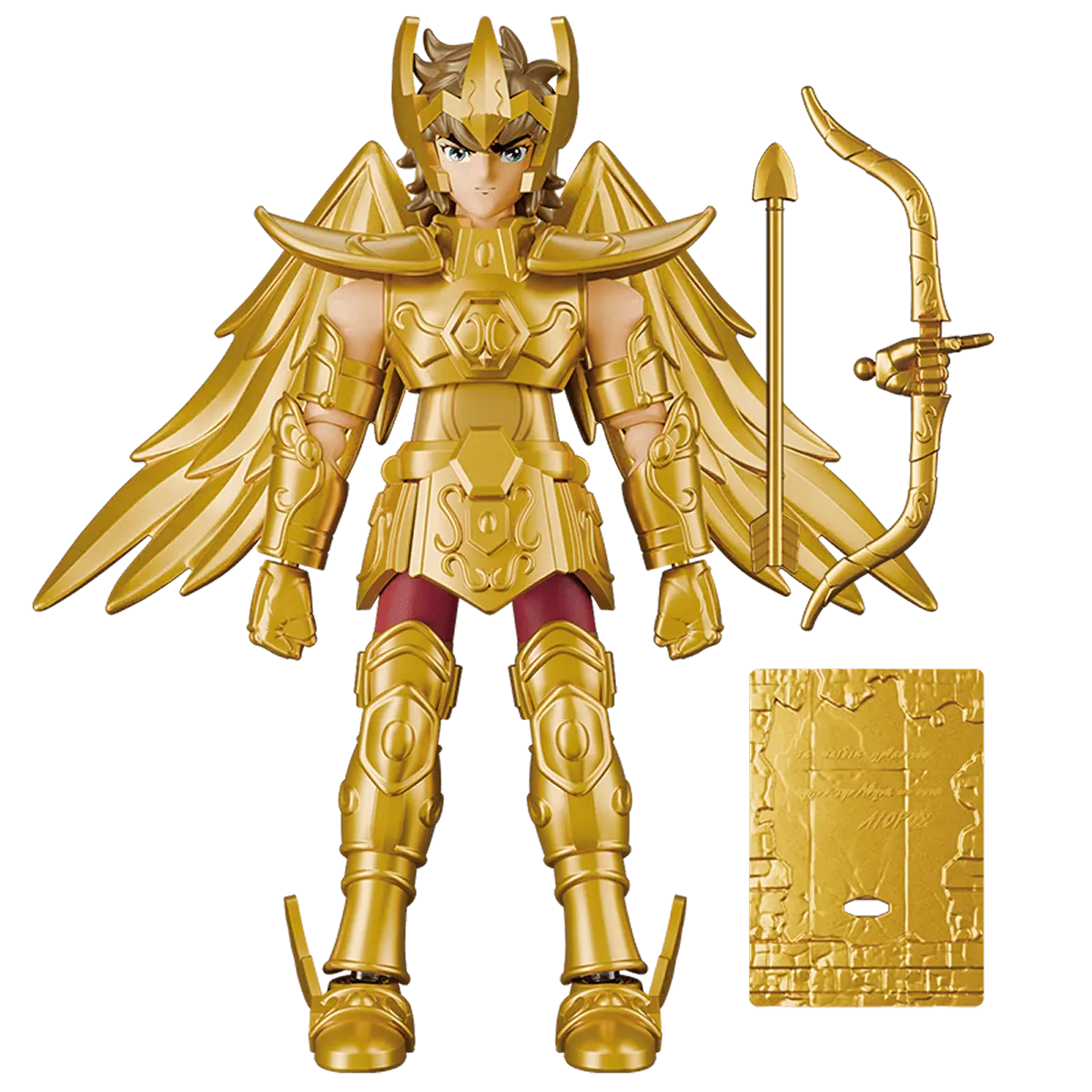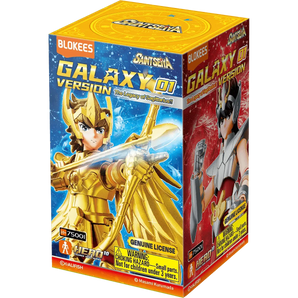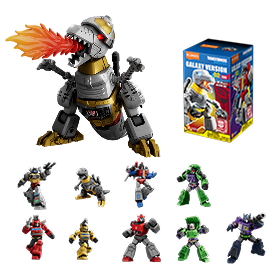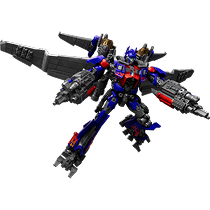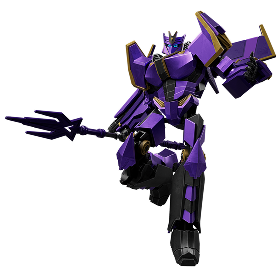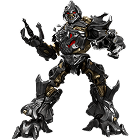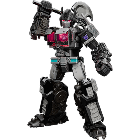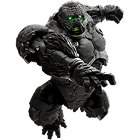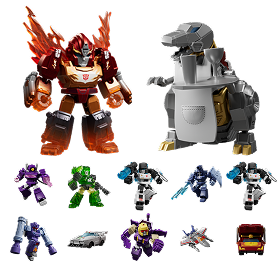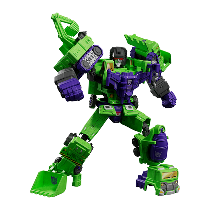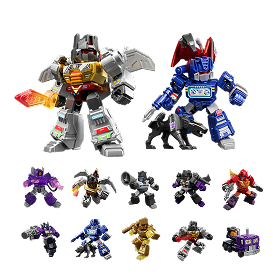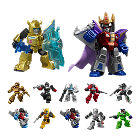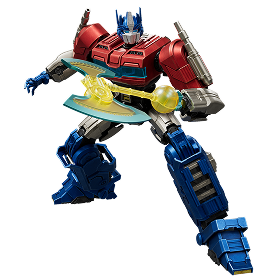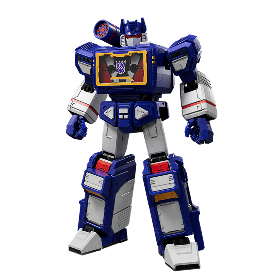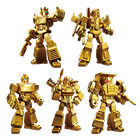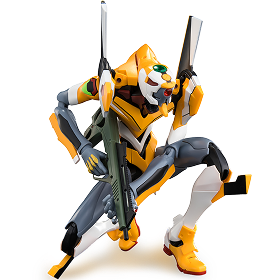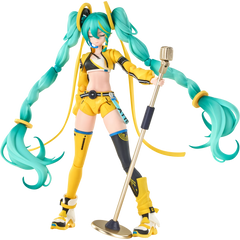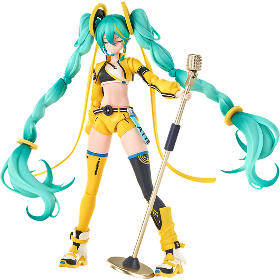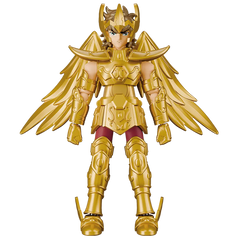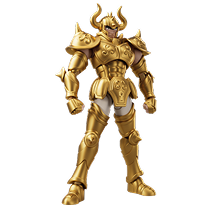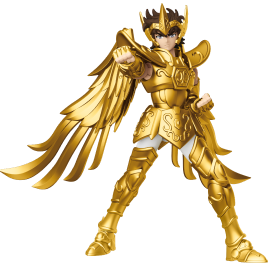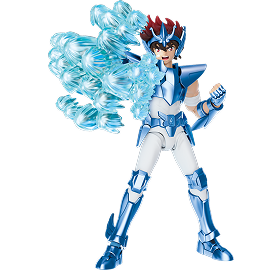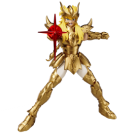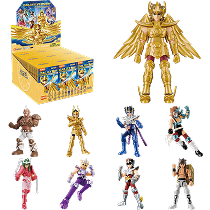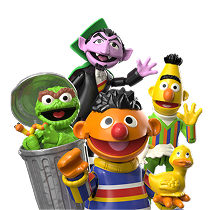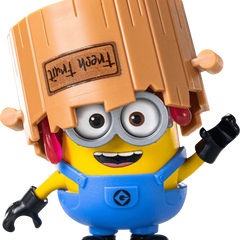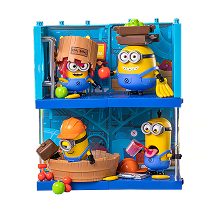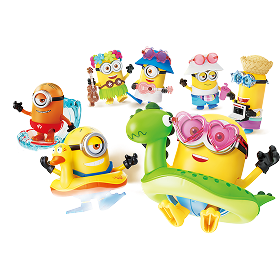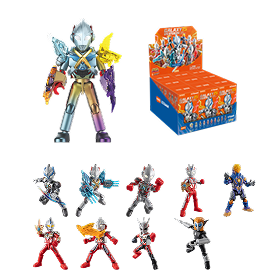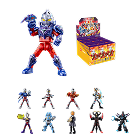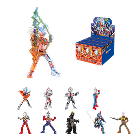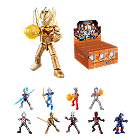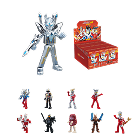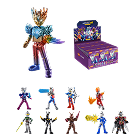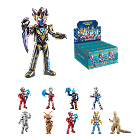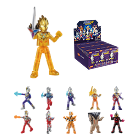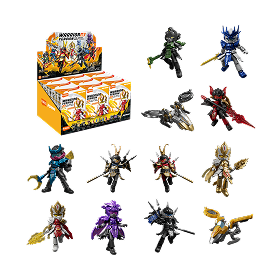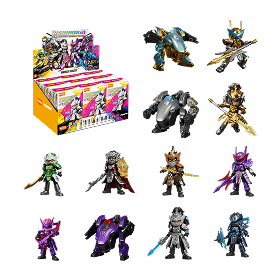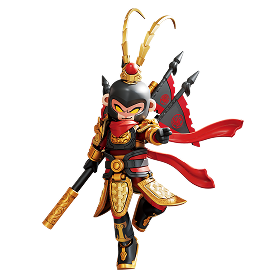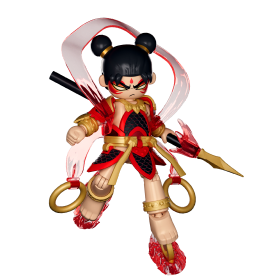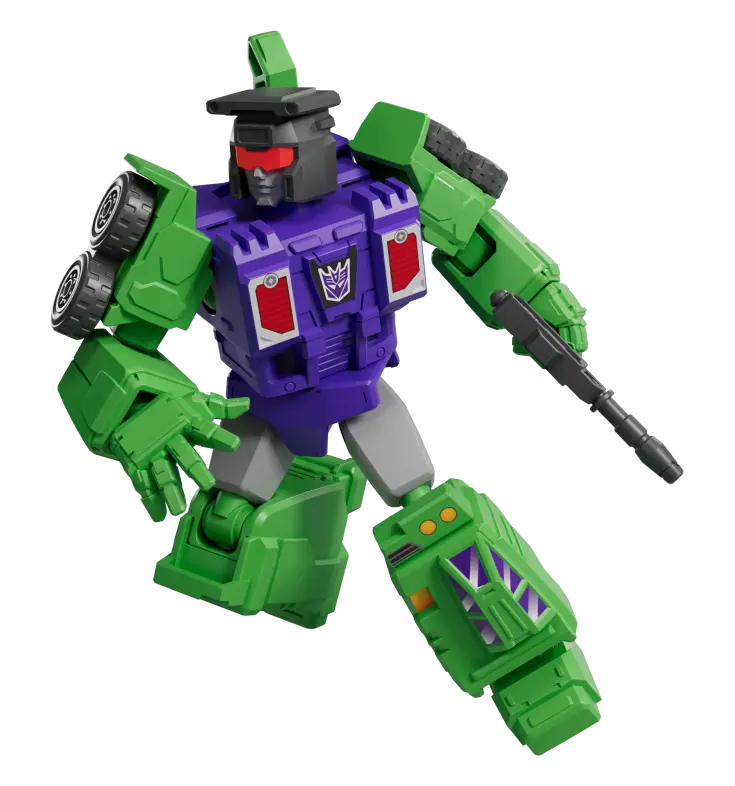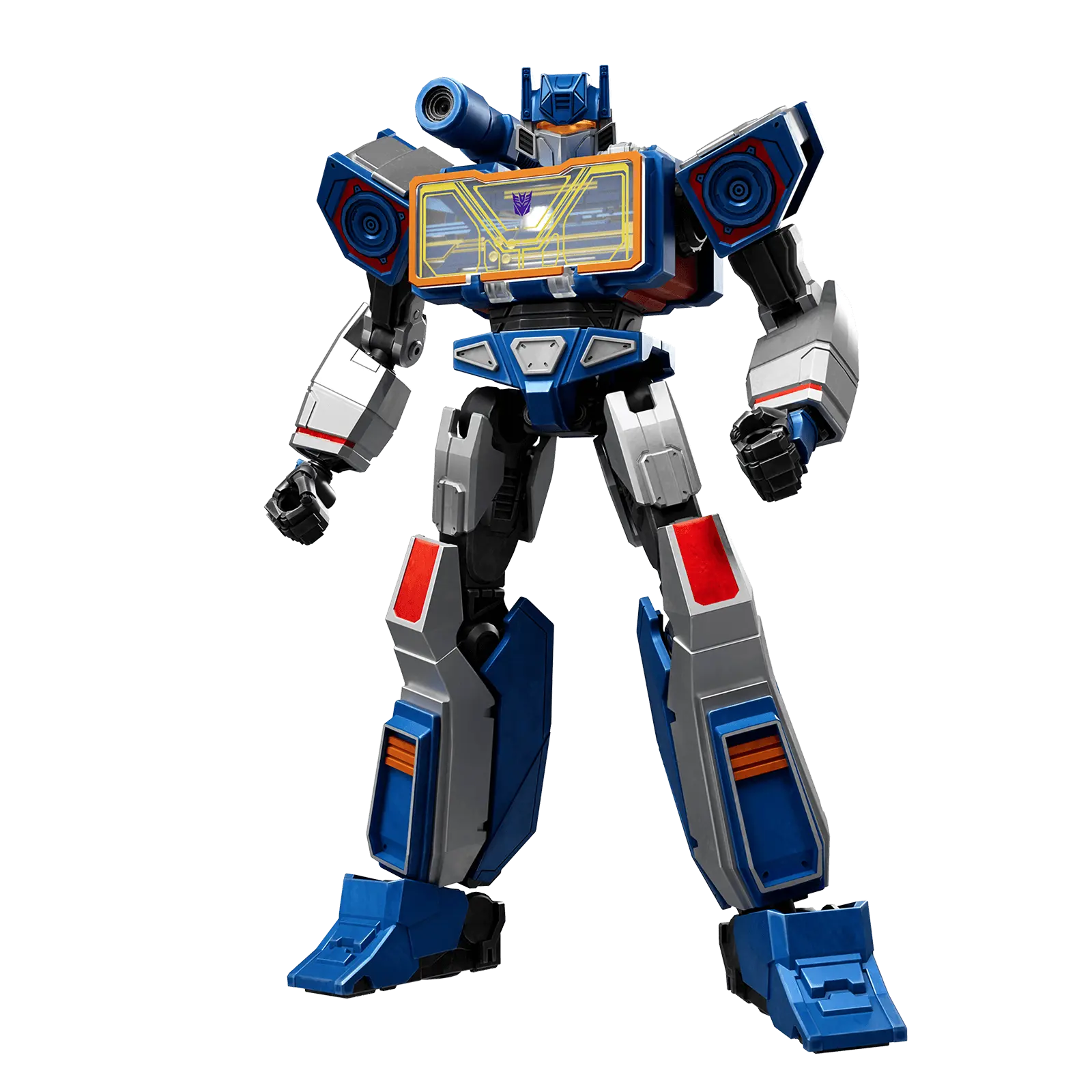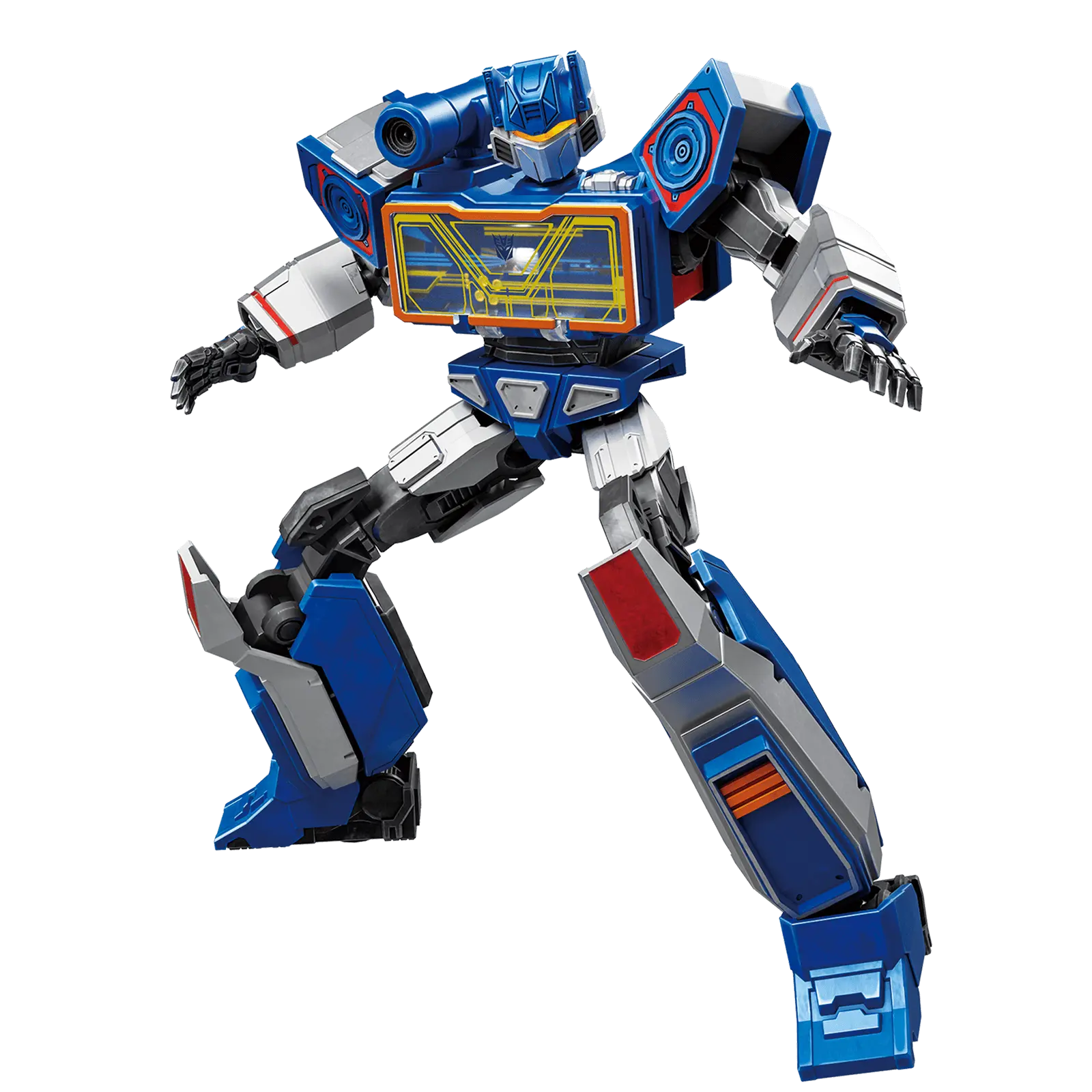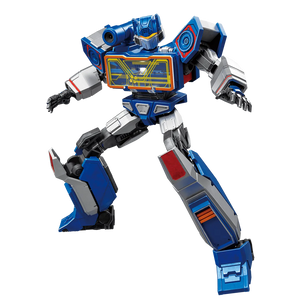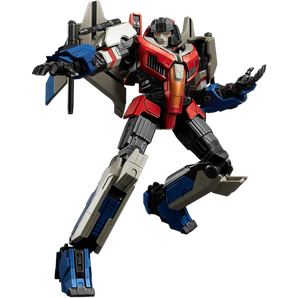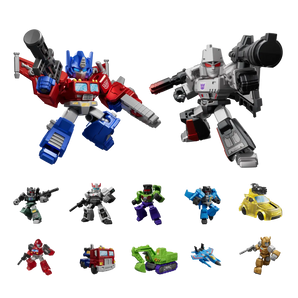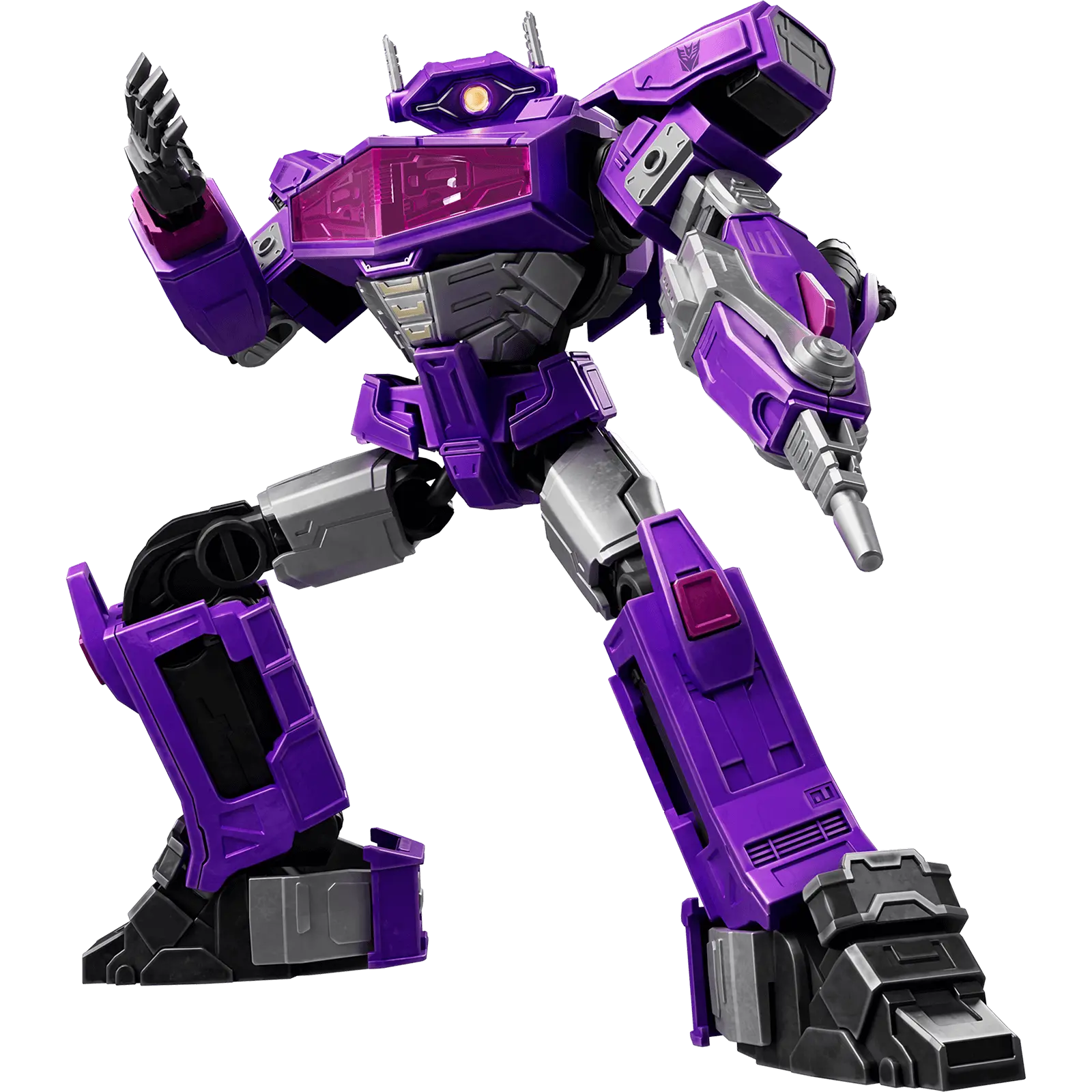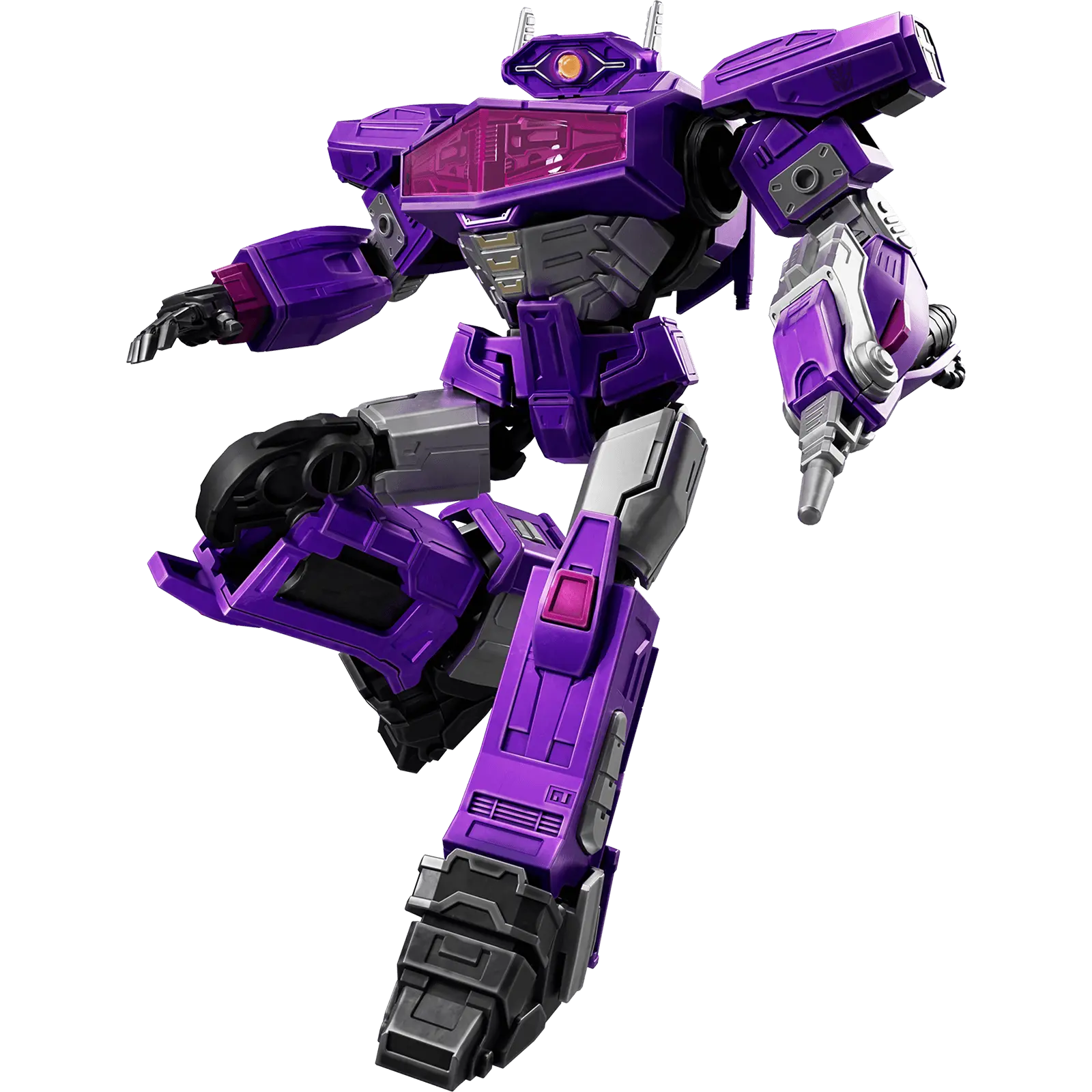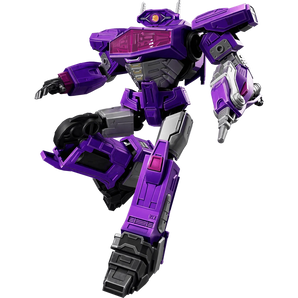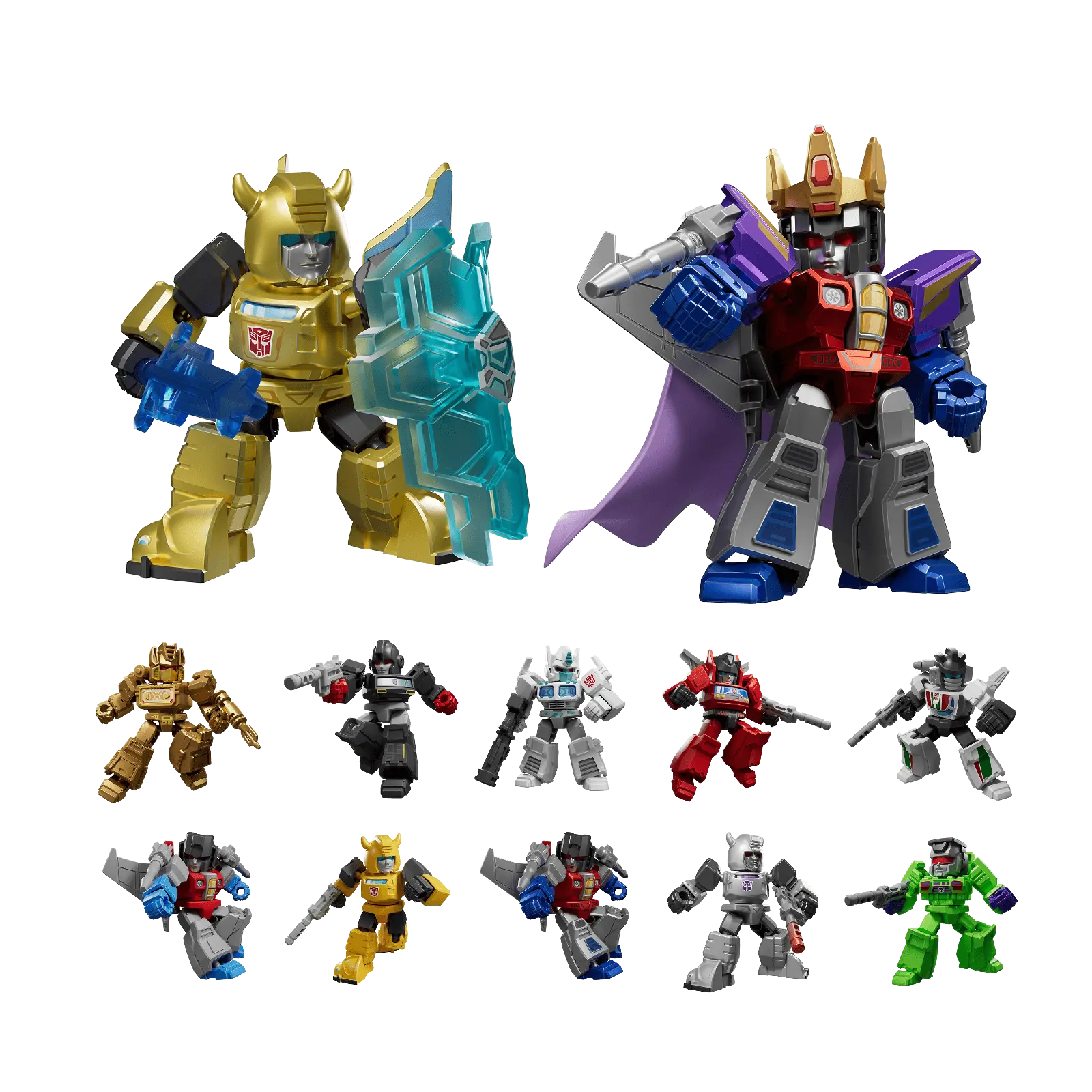One of the most puzzling questions about the Despicable Me franchise is "how do minions reproduce?" These yellow pill-shaped creatures appear in massive numbers, yet the films provide surprisingly little information about their origins or reproduction methods.
Understanding Minion biology and creation requires examining clues from various films, official statements from creators, and the lore established throughout the franchise. The answer is more fascinating than traditional reproduction.
How Do the Minions Reproduce? The Official Answer

Minions do not reproduce in the traditional biological sense. According to the Minions prequel film and statements from the creators, Minions have existed since the beginning of time and evolved naturally rather than being created or reproducing sexually or asexually.
The 2015 Minions film establishes that these creatures evolved from single-celled organisms millions of years ago. They have existed throughout Earth's history, serving various villainous masters across different eras.
The Evolution Theory: Where Minions Come From

The Minions film opens with a narrative explaining their evolutionary origin, providing the most official explanation of how these creatures came to exist.
Minion Evolution Timeline:
- Primordial Era: Evolved from single-celled yellow organisms in ancient oceans
- Prehistoric Times: Emerged onto land and began following powerful creatures
- Dinosaur Age: Served T-Rex and other dominant predators
- Ice Age: Followed mammoths and other large mammals
- Ancient Civilizations: Served pharaohs, Dracula, Napoleon, and other villains
- Modern Era: Eventually found Gru as their master
This evolutionary backstory suggests Minions are a unique species that developed alongside other life on Earth. They represent an alternative evolutionary path resulting in sentient beings driven to serve villainous leaders.
Why Minions Don't Need Traditional Reproduction

Several biological and narrative factors explain why Minions don't reproduce like conventional organisms.
Apparent Immortality
Minions demonstrate remarkable durability and apparent inability to die from most causes. Throughout the films, they survive:
- Extreme physical trauma (explosions, crushing, falls)
- Dangerous substances and chemicals
- Vacuum of space
- Extreme temperatures
- Massive impacts and violence
Their cartoon resilience suggests they may be effectively immortal or at least extremely long-lived. If they don't die, they don't need reproduction to maintain population levels.
Stable Population Size
The Minion population appears relatively stable across the timeline shown in films. Gru has approximately 10,400 Minions, and this number doesn't seem to fluctuate significantly.
Population Stability Indicators:
- No baby or juvenile Minions appear in any films
- All Minions appear roughly adult-sized and capable
- Population remains constant despite dangerous activities
- No evidence of aging or elderly Minions
- No death scenes of Minions from natural causes
This stability suggests a fixed population that neither grows through reproduction nor shrinks through natural death.
The "No Female Minions" Factor

Creator Pierre Coffin explicitly stated that all Minions are male. This fact alone makes traditional sexual reproduction impossible without a female population.
Why All Minions Are Male
The creators made this choice for practical storytelling reasons rather than biological ones:
- Simplifies character design and animation
- Eliminates need for gender-based personality differences
- Keeps the species mysterious and unusual
- Focuses on their collective identity rather than individual relationships
- Avoids complicated reproductive biology in family films
This creative decision reinforces that Minions exist outside normal biological rules. They're a fantasy species not bound by real-world reproductive requirements.
Alternative Theories About Minion Origins

While the official evolution explanation dominates, fans have proposed alternative theories about how Minions came to exist or increase their numbers.
Theory 1: Artificial Creation
Some fans theorize Minions were artificially created by an ancient civilization or mad scientist, explaining their unusual biology and purpose-driven behavior.
Evidence Against This Theory:
- Minions film shows natural evolution
- No creator appears in franchise
- They predate human civilization
- Too widespread to be artificial
Theory 2: Mitosis or Budding
Another theory suggests Minions reproduce asexually through cell division or budding like some simple organisms.
Evidence Against This Theory:
- Never shown or mentioned in films
- Population remains stable rather than growing
- No small or developing Minions ever appear
- Contradicts official evolution explanation
Theory 3: Spontaneous Generation
This theory proposes new Minions simply appear when needed, generated by some unknown force or mechanism.
Evidence Against This Theory:
- No narrative support in films
- Population stays constant
- Would contradict established evolution lore
Comparing Minion Biology to Real Organisms
Understanding how Minions don't reproduce becomes clearer when comparing their biology to real creatures with unusual reproductive strategies.
|
Organism Type |
Reproduction Method |
Minion Comparison |
|
Most mammals |
Sexual reproduction |
Minions have no females |
|
Bacteria |
Binary fission/division |
Minions never shown dividing |
|
Jellyfish |
Both sexual and asexual |
Minions show neither method |
|
Tardigrades |
Sexual with extreme durability |
Similar durability but no reproduction |
|
Minions |
None - evolved and persist |
Unique fantasy biology |
What This Means for Minion Culture
The lack of reproduction fundamentally shapes Minion society and behavior in interesting ways.
Cultural Implications:
- No family structures or parenting
- All relationships are peer-based friendships
- No generational differences or age conflicts
- Shared collective memory spanning millions of years
- Purpose-driven existence without life cycle stages
- Unity through shared eternal experience
This unique biology creates a culture focused entirely on their current purpose rather than future generations or past ancestors. Every Minion represents the entire species' history.
The Storytelling Benefits of Non-Reproduction
From a narrative perspective, eliminating Minion reproduction serves several important functions.
Why This Works for the Franchise:
- Keeps focus on current adventures rather than biology
- Avoids awkward questions in family-friendly content
- Maintains the mystery and fantasy of the species
- Prevents complex family dynamics from distracting from plots
- Allows timeless quality—Minions never age or change
- Simplifies storytelling without birth or death consequences
The creators wisely avoided biological complications that would distract from the comedy and adventure at the franchise's heart.
Celebrating Minions Without Understanding Their Biology
For fans who love these yellow characters, understanding their reproduction (or lack thereof) adds interesting context but doesn't diminish their appeal. Minions celebrate these creatures regardless of their mysterious origins.
The variety of Minion merchandise available lets fans bring home their favorite characters without worrying about biological accuracy. The fantasy nature of Minions is part of their charm.
What Makes Minions Special
Beyond reproduction questions, Minions' appeal comes from their distinctive characteristics that transcend normal biology.
Unique Minion Qualities:
- Universal language that anyone can understand emotionally
- Collective identity while maintaining individual personalities
- Indestructible enthusiasm despite constant danger
- Loyalty and dedication to their chosen master
- Comic timing and physical comedy excellence
- Childlike innocence combined with surprising competence
These qualities make Minions beloved worldwide regardless of whether fans understand their biological origins. The mystery adds to rather than detracts from their appeal.
The Bottom Line on Minion Reproduction
How do Minions reproduce? The simple answer is they don't. These fantasy creatures evolved millions of years ago and have persisted through time without traditional reproduction.
This unique biology makes them distinct from virtually every other fictional species. Rather than creating new Minions, the franchise focuses on the adventures of the existing eternal population.
For fans building collections celebrating these characters, their mysterious origins make them even more special. The Minions represent pure fantasy unconstrained by real-world biological limitations.
Frequently Asked Questions
Do Minions reproduce or have babies?
No, Minions do not reproduce or have babies. According to the official origin story in the Minions film, they evolved from single-celled organisms millions of years ago and have existed ever since without reproducing.
Why are there no female Minions if they reproduce?
All Minions are male according to creator Pierre Coffin, which makes traditional sexual reproduction impossible. However, this doesn't matter because Minions don't reproduce at all.
How do the Minions maintain their population if they don't reproduce?
Minions maintain their population through apparent immortality or extreme longevity rather than reproduction. They demonstrate cartoon-level durability, surviving explosions, extreme trauma, and dangerous situations that would kill normal creatures.
Where did the first Minions come from?
The first Minions evolved from single-celled yellow organisms in Earth's ancient oceans millions of years ago, according to the opening sequence of the 2015 Minions film.
Will new Minions ever appear in future movies?
Based on established franchise lore, new Minions shouldn't appear since they don't reproduce or get created. The population remains stable across all films with the same individuals persisting through time.
Conclusion
Understanding how Minions reproduce—or rather, that they don't—reveals fascinating aspects of their fantasy biology and the creative choices behind these beloved characters. The elimination of traditional reproduction allows the franchise to focus on adventure and comedy without biological complications.
Whether you're watching films or collecting Minions memorabilia, appreciating their unique evolutionary origin adds depth to your enjoyment of these mysterious yellow creatures who have served villains throughout history.


































